Building muscle is a simple concept. You lift heavy things in a progression to make your muscles grow. Yet, for many, that concept is challenging to make a reality, especially when you want to accelerate your gains and build muscle fast. Not only is there more to building muscle than pushing through reps in the gym, the rate at which you gain muscle is dependent on a number of factors.
If you’re ready to learn how to get bigger muscles faster, you’ve come to the right place. Let’s get started with the tips for accelerated muscle hypertrophy.
Understanding Muscle and Muscle Hypertrophy
Let’s talk about hypertrophy, which is the increased size of organs or tissues through the enlargement of the cells. When it comes to muscle hypertrophy, there are two kinds” myofibrillar hypertrophy and sarcoplasmic hypertrophy.
Myofibrillar hypertrophy refers to the myofibrils, which makes up the muscle fibers, and how these myofibrils can increase in size and number, thus increasing the contractile force.
Sarcoplasmic hypertrophy is related to the sarcoplasm, or the plasmic parts of a muscle cell which includes proteins, water, collagen, glycogen, and other elements. Therefore, sacroplasmic hypertrophy is an increase in the volume of fluids and other non-contractile parts of a muscle.
Now, research (1) has shown that you can gain myofibrils as a result of lifting weights and that the growth of these muscle fibers results in an increase in sarcoplasm. Furthermore, using creatine, carb-loading, and overloading the muscle tissue can cause sarcoplasmic hypertrophy.
So, this is where the idea of strength versus volume comes into play. You can get big with bodybuilding due to an increase in sarcoplasmic volume, but you could also be weak because your muscles get used to the repetitive motion.
What does all this funnel down to? You need to focus on a number of areas for hypertrophy, not just working out, lifting heavy like a bodybuilder. You need an Olympian mindset.
How To Increase Muscle Hypertrophy
As you can see, muscle hypertrophy is a complex subject with no clear answer. There’s a number of theories about why it happens or why some people seem more predisposed to grow more muscle than others. That said, if you do the following things, you will gain muscle and strength simultaneously:
- Lift heavy, using compound exercises,
- Do small bursts of cardio training,
- Only have a small calorie surplus,
- Opt for high-protein and high-carbohydrates,
- Take supplements to prompt muscle hypertrophy.
We’re going to go into detail about all five of these factors for increasing the rate of muscle hypertrophy.
Common Misconceptions About Growth
Although it sometimes sucks to hear things that make you frown, this is something that you should understand sooner than later—growing muscles can be extremely (and frustratingly) slow. If you aren’t satisfying the requirements of progression tension overload and supplementing with enough calories and protein, your body isn’t going to respond the way you want it to.
A realistic rate of muscle growth is:
- Men – 0.5 to 2.5 lbs of muscle monthly
- Women – 0.25 to 1.25 lbs of muscle monthly
The upper half of these ranges is true if you are beginning out with weight training or are relatively young. The average person with normal genetics will run about the middle of the ranges, meaning about 1 pound of muscle a month for both men and women.
12 to 15 pounds of muscle a year probably doesn’t sound very fast, does it? The good news is that both genders really only need about 15 pounds of muscle for an impressive and aesthetically appealing body. Men can lean more towards 15-20 pounds of muscle, while a woman can aim for 10-15 pounds. Definition comes from shedding body fat. In other words, gaining muscle is not only doable, but it can also be done within a year for most people if you’re smart.
“But, I can get faster gains, right?” you might be saying. Yes, you can, and this article is going to explain how. But you needed to hear the truth first. Keeping this fact in mind will help you have realistic expectations for your body, build motivation, and prevent you from the diet pitfalls that oftentimes happen when someone is trying to pile on muscle and eating loads of food.
The next thing is genetics.
Genetics are often thrown into the mix when you try to change something about yourself that can’t change. The amount of muscle hypertrophy your body will undergo is partially determined by genetics, meaning you will hit a point where you can’t gain any more muscle naturally. Research (3) has proven that people with larger bone structure tend to put on more muscle than those with smaller, narrower frames. Additionally, big-boned individuals have more testosterone and are able to gain muscle much faster than an ectomorph body type.
To figure out whether you are big boned or not, the best indicator is to measure the circumference of your wrists and ankles. For example, if you wrap your index and thumb around the opposite wrist and the finger and thumb overlap, you could have a small frame (or just really skinny wrists).
With that caveat out of the way, let’s have a look at building muscle faster.
Strength Training Effects
Three things come together in the body to stimulate hypertrophy:
- Progressive Tension Overload – also known as mechanical tension
- Muscle Damage
- Metabolic Stress – or cellular fatigue
When you pick up a weight and start performing exercises, you are producing a force, which is known as tension. There is both passive and active tension. Passive happens when the muscles stretch and active tension happens when the muscles contract.
The muscle damage is a direct result of microscopic tears that happen when the muscles experience high amounts of tension.
Metabolic stress is produced when chemicals inside and outside of the muscle start to change during the stretching and contracting.
When these three factors occur, muscle hypertrophy is stimulated. Progressive tension overload is the most important part of this, and you can achieve overload by working out effectively and productively.
Choosing An Ideal Workout
The best workout for building muscle is one that focuses on heavy, compound resistance exercises. Nothing is going to work better than heavy compound lifts, not machines, workout classes, yoga, or anything else you can think of.
Heavy lifting refers to lifting weights that are within the 75% to 85% range of your 1 rep max (1RM). The rep range for this weight would then be anywhere from 4-12 reps per set.
Compound refers to the muscle groups used. Exercises that are compounded are ones like squats, bench press, and deadlifts. For instance, squats work that entire posterior chain, starting from the low back to the glutes to the hamstrings and calves. You also need your core to stabilize your upper body while moving through the squat.
This sets up three decent workout platforms:
- Full body splits – 3 days working out, 4 days off; ideal for beginners and adding definition to the entire body;
- Upper/lower body splits (3 or 4 day variations) – 3-4 days on, switching between upper and lower body exercises with weekends off; a good choice for intermediate or advanced lifters who are ready to step up their game;
- Push/pull/legs – 4-5 days on, 2-3 days rest; transition between exercises that focus on pulling, pushing, and legs. Good for any experience level.
An example of a Full Body Split would be:
Day 1 – Workout
Day 2 – Off
Day 3 – Workout
Day 4 – Off
Day 5 – Workout
Day 6 – Off
Day 7 – Off
An example of a 3-Day/4-Day Upper/Lower Split:
3 Day
Day 1 – Upper Body Workout
Day 2 – Off
Day 3 – Lower Body Workout
Day 4 – Off
Day 5 – Upper Body Workout
Day 6 – Off
Day 7 – Off
* Then the next week would start with a Lower Body Workout, so you get two a week and one Upper Body workout. The pattern would continue to cycle.
4 Day
Day 1 – Upper Body Workout
Day 2 – Lower Body Workout
Day 3 – Off
Day 4 – Upper Body Workout
Day 5 – Lower Body Workout
Day 6 – Off
Day 7 – Off
*You continue doing this for every week.
An example of the Push/Pull/Legs variation:
Week 1
Day 1 – Push: Chest, Shoulders, Triceps
Day 2 – Pull: Biceps, Back
Day 3 – Off
Day 4 – Abs and Legs: Quads, Hamstrings, Calves
Day 5 – Off
Day 6 – Push: Chest, Shoulders, Triceps
Day 7 – Pull: Biceps, Back
Week 2
Day 1 – Off
Day 2 – Abs and Legs: Quads, Hamstrings, Calves
Day 3 – Off
Day 4 – Push: Chest, Shoulders, Triceps
Day 5 – Pull: Back, Biceps
Day 6 – Off
Day 7 – Abs and Legs: Quads, Hamstrings, Calves
Choose the workout pattern that fits into your schedule. Doing so will make the routine easier to stick to, so you will be able to go hard every time you walk into the gym.
Picking exercises is the next thing you need to do. There are no required exercises, but remember that free weights paired with compound exercises are going to the most potent for building mass. However, machines, free weights, bodyweight exercises and beyond are all capable of stimulating muscle growth if you do the exercises correctly.
To make things easier for you, here’s a list of compound exercises:
- Pull ups/Chin ups
- Bodyweight rows
- Bent over rows, cambered bar row, trap bar row, and low cable row
- Push-ups
- Triceps Dips
- Deadlift and all the variations, like Romanian deadlift and stiff-legged deadlift
- Lunges, including Bulgarian split squat
- Bench press and variations
- Overhead press
- Squats and all variations
- Snatches
- Clean and press
The order is more important, so focus on putting physically demanding exercises with lower rep ranges first. Follow up with an easier exercise that is less demanding, such as an isolation exercise. For example, you might want to pair a barbell deadlift with a barbell row or standing barbell military presses with a side lateral raise.
For bigger muscle groups, you want to focus on getting in 60-140 reps per week. For smaller muscles, you can do about 30-70 reps per week.
The reason behind this is progression and overload. Frequency is not as crucial as intensity (weight, tempo) and the total weekly volume (reps). In other words, the amount of workouts you do in a week is nowhere near as important as hitting an optimal volume range and weight.
There is also the synergistic relationship between some muscles that we need to consider. The big muscle groups, like the chest, back, and quads can tolerate more volume than smaller muscle, like the biceps, calves, and shoulders. The smaller groups need less volume, not because they aren’t as large in size as other groups, but because these muscles tend to support the movements of larger muscles. Your biceps, for example, are constantly at work while you train your back. Triceps and shoulders are indirectly targeted when you work your chest. The core is needed when you do squats and deadlifts and push-ups.
Thinking About Failure
In terms of intensity and volume, you should avoid purposely training to failure. Attempting to reach failure every set could potentially reduce your technique and cause injury. The aim should be attempting to come close to failure, ideally feeling fatigued maybe 1 or 2 reps before the end of your set. If you don’t feel like you are approaching fatigue by the end of every set, you need a heavier weight.
Cardio Effects on Hypertrophy
It has been found that cardio does affect muscle hypertrophy, but the gym rat myth that cardio makes you frail is just that—a myth. Cardio will impede your muscle growth by:
• Increasing general levels of fatigue, making it harder to work at the right intensity needed to stimulate hypertrophy;
• Disrupting cell signaling, which is necessary for hypertrophy.
The University of Sao Paulo conducted a study (2) that split 10 men into 3 groups to see how cardio affected a heavy resistance training program. The first group was assigned four sets of half squats at 80% of 1RM. The second group had 30 minutes of HIIT cycling—where they pedaled normally for 60 seconds then did the next 60 seconds at max effort), followed by the same workout of four sets, reps to failure of half squats. Lastly, the third group did 30 minutes of running HIIT, using the same scheme as the cycling group, and then followed the same squat series.
Once the workouts were completed, the researchers found that the first group performed better than the other two groups in terms of volume. Though the study didn’t look into muscle growth, it can be assumed that because the HIIT sessions were hindering the subjects’ abilities to perform their leg workout, they would suffer from less than satisfactory muscle hypertrophy.
Similarly, because cardio has the ability to suppress anabolic signals that are caused by strength training, muscle and strength gains are also suppressed. In short, this interference will hinder your progress overtime.
If you want to bulk up, then you need to avoid steady state cardio, which can end up putting you into a calorie deficit. Cardio in small amounts, however, can help you stay lean when eating a calorie surplus and promote faster recovery. Besides, you need cardio for its health benefits, such as a stronger heart and fat loss.
Examples of cardio for this program include:
- Walking 4-5 times a week, aiming for about 8,000-10,000 steps for health.
- Doing 25-minute recumbent bike sessions 2-3 times a week.
- Hiking, kayaking, or other activities that you enjoy but don’t require heavy lifting.
Diet and Supplement Effects on Hypertrophy
With the workouts out of the way, it’s time to talk about the second important factor in muscle hypertrophy—your diet. If you want to grow, you’re going to need protein. Most people will eat the recommended 0.8 to 1.0 grams of protein per pound of body weight per day, so you should have no problem if you’re prioritizing protein, right?
Wrong.
When you are pushing, pulling, and pumping hard at the gym, you’re burning loads of calories. You could be creating a deficit and not even realize it. The calorie deficit will help you lose weight, and it will also impede your body’s natural ability to develop and utilize muscle proteins. Sometimes, the deficit will even halt muscle growth if you’re not eating enough calories. It doesn’t matter how much protein you eat in that case.
Giving your body less energy than what it burns during the day will eventually elevate catabolic hormones, shifting your body away from muscle growth and more towards degradation. That’s the exact opposite of what you are trying to do.
The other mistake a lot of people make is that they shy away from carbohydrates. In reality, if you want to feed your growing muscles, you need about 60-65% of your daily caloric intake to come from carbohydrates.
So, if you want to promote healthy muscular growth without packing on too much fat, you need a 10% calorie surplus everyday. With that range, you should aim for 0.5 to 1 pounds a week for guys. Women should about for about 0.25 to 0.5 pounds a week.
Next, you focus on protein and carbohydrates. Limit fat. This ensures you are getting quality energy to fuel muscles before, during, and after a workout.
That brings us to another facet of nutrition—supplements.
Supplements are the last thing you should worry about when building a great physique because supplementing will only boost the effectiveness of your current nutrition and workout regimen. Most supplements are pseudoscience, full of junk, and are misleading in both dose and usage. That doesn’t mean that all supplementation is bro science, though.
The recommended substances for accelerating muscle hypertrophy include:
- Creatine – helps build muscle, improve workout performance and anaerobic endurance, and reduces muscle soreness. Typically look for creatine supplements that feature 5 grams of creatine monohydrate (the purest form of creatine), L-carnitine and L-tartrate amino acids, and corosolic acid.
- Protein Powder – though you don’t necessarily need a protein powder to help build muscle if you want to put on weight and maximize muscle growth, you’re going to need some help. Protein powder delivers nutrients right to your muscles, helping rebuild damaged muscle tissue and enhance hypertrophy.
You should always focus on eating clean, whole foods first then filling in nutritional gaps with supplements. Clean nutrition and a sound workout program will tag team your muscles to prompt hypertrophy.
Wrapping It Up
Hopefully, you have picked up some information about how to grow your muscles faster than before; but there is still so much to uncover about hypertrophy. Now that you know the basics, you can begin to build a program for yourself that will build muscle efficiently and quickly. The keys to hypertrophy are in heavy loads, moderate volume, and compound exercises. Pair that with a nutritionally balanced diet rich in protein and carbs, and maintain a slight caloric surplus. Do that, and you will be able to maximize the size of your muscles and your strength.
Want more news and tips on building muscles and getting the physique you have always dreamed of? Follow us on Facebook to stay in the know and get swole.
References
1) https://www.ncbi.nlm.nih.gov/pubmed/3366734
2) https://www.ncbi.nlm.nih.gov/pubmed/25259468
3) https://ajcn.nutrition.org/content/75/6/1012.long
The post Get Bigger, Faster: Tips For Accelerated Muscle Hypertrophy appeared first on Gaspari Nutrition.

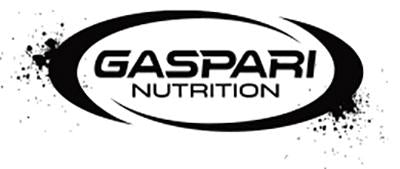
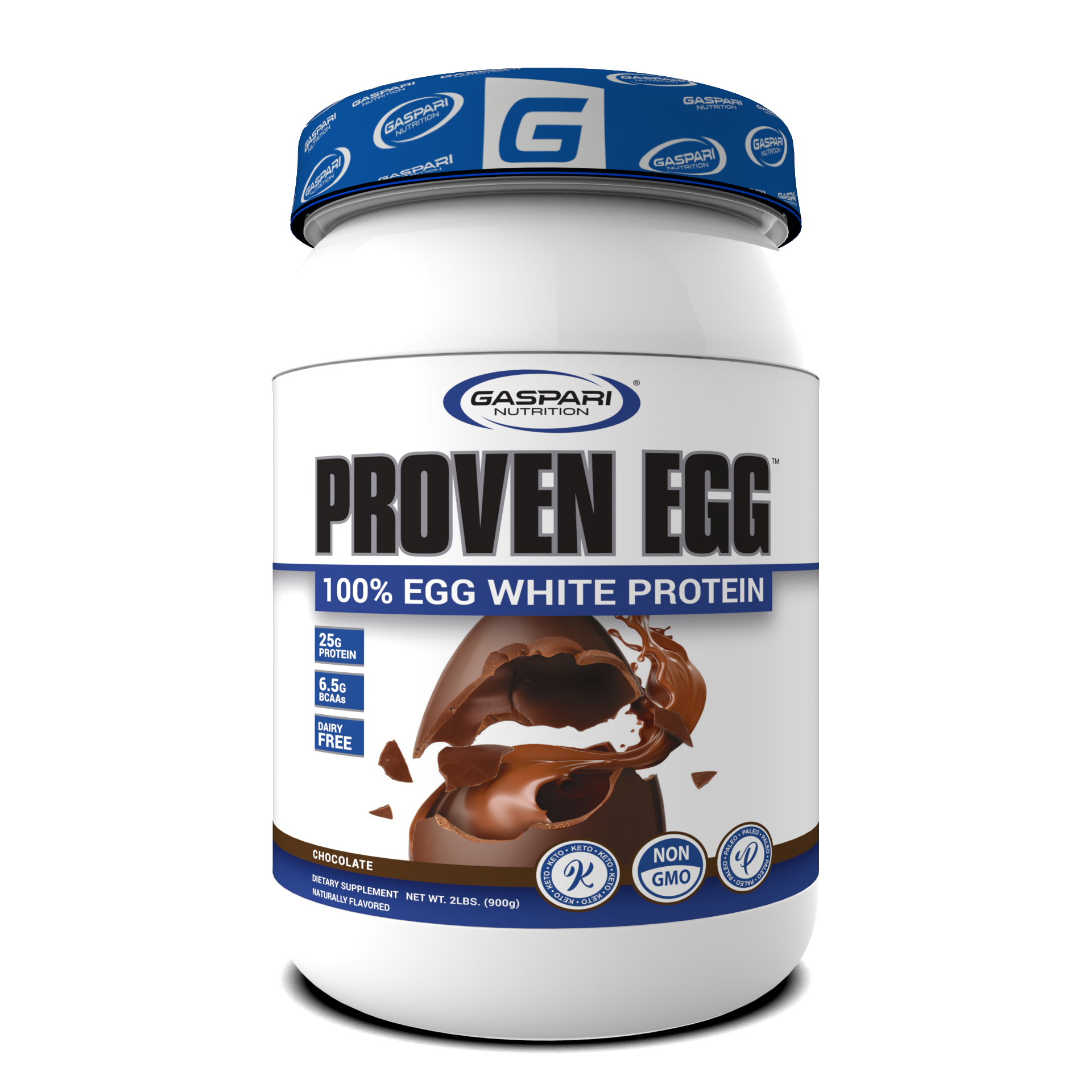




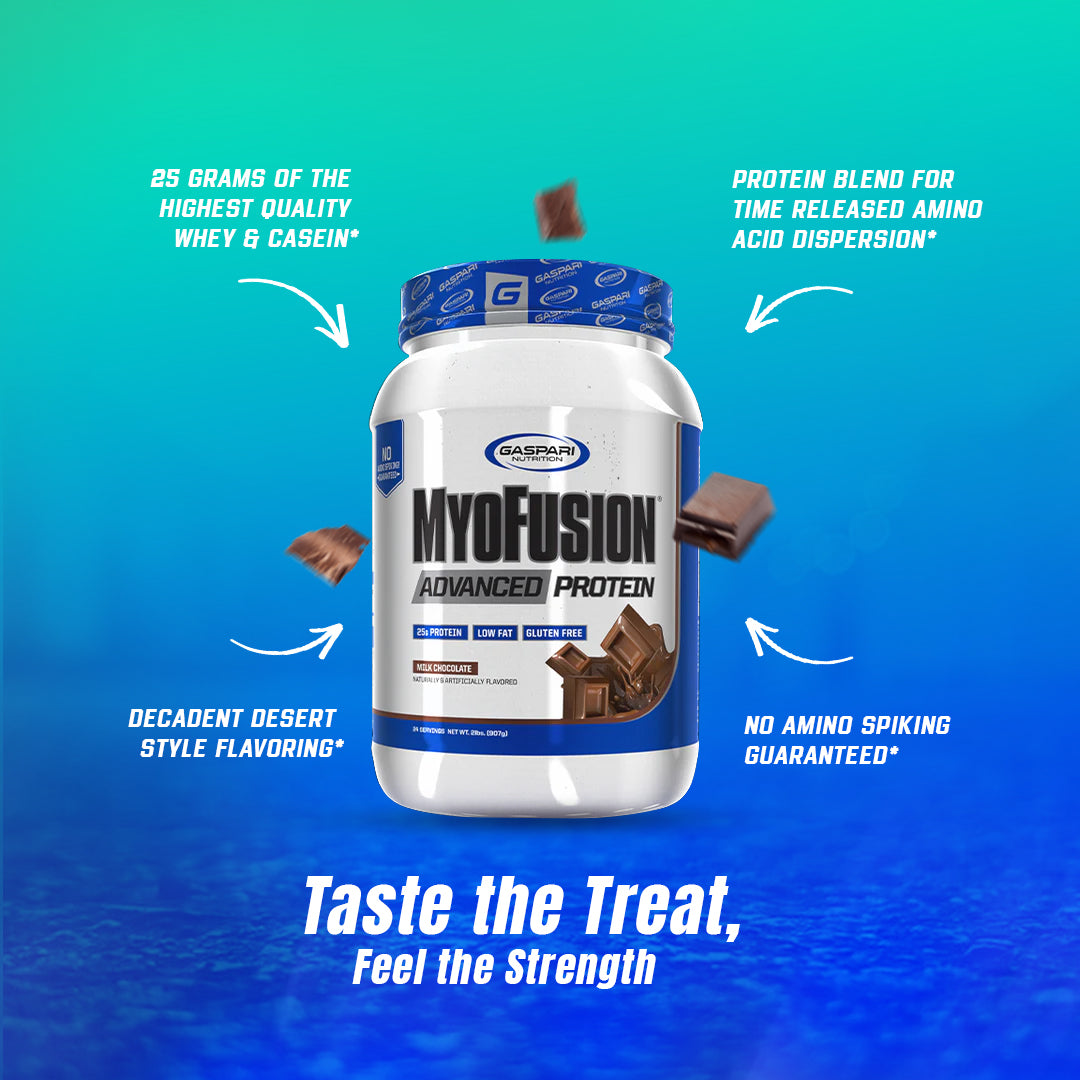

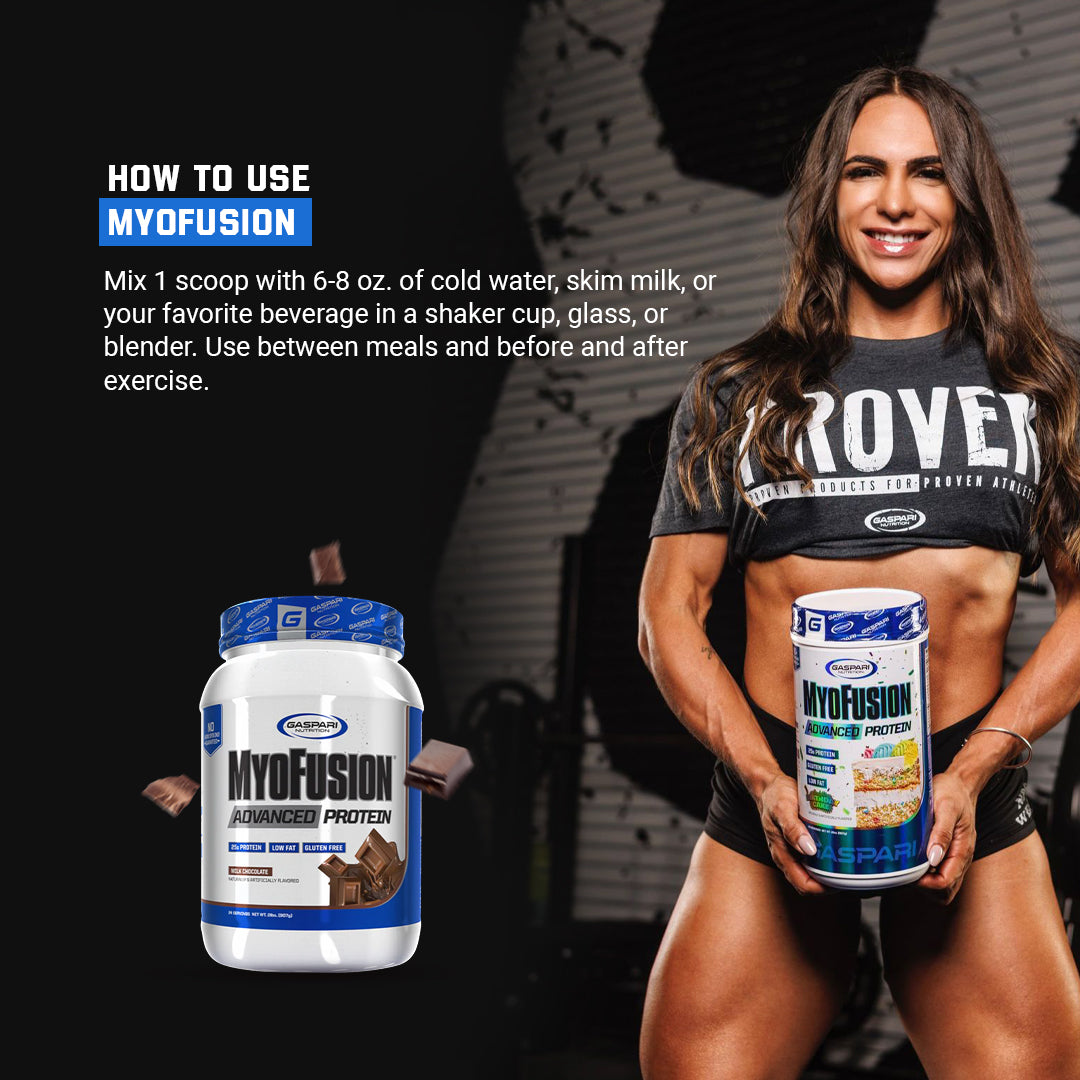
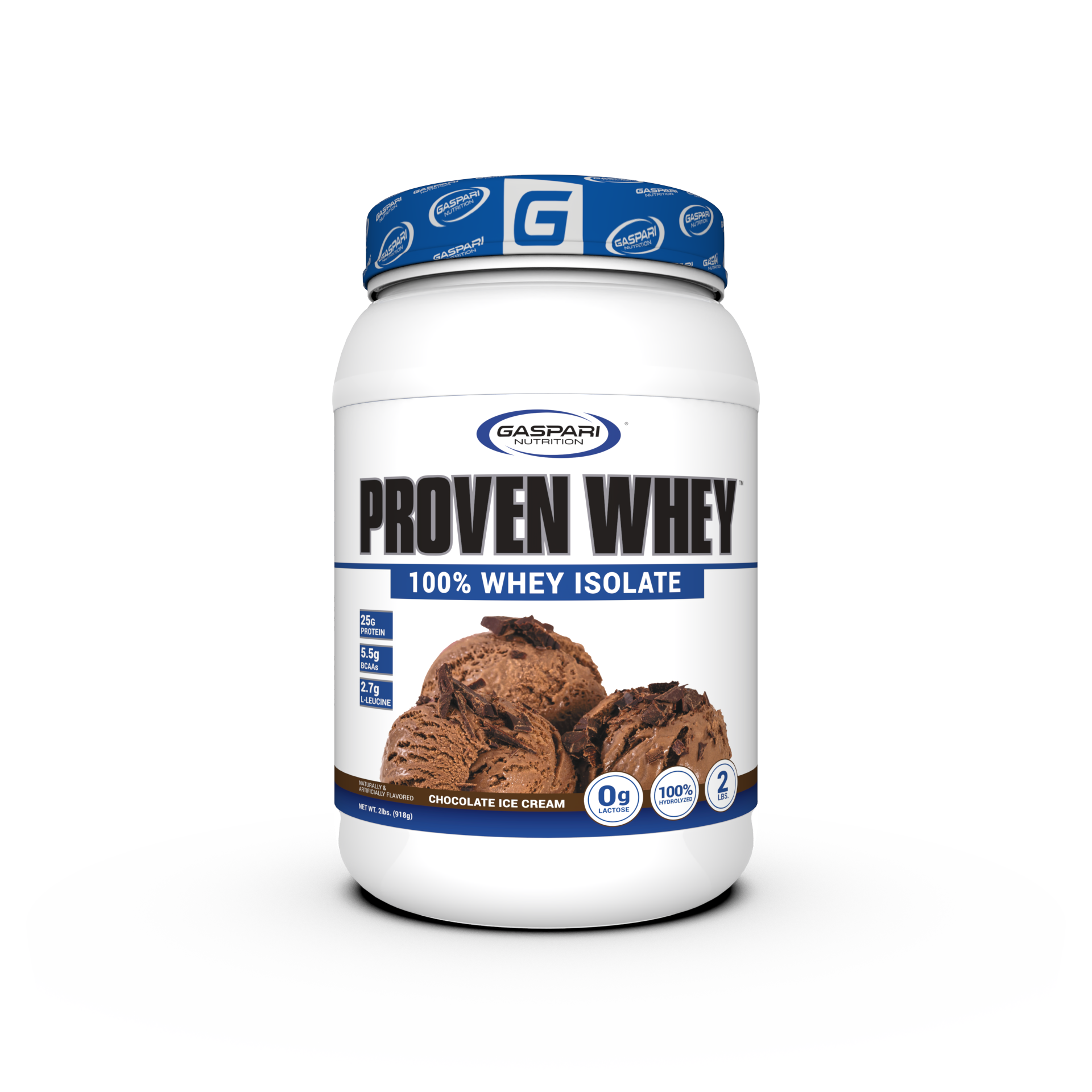


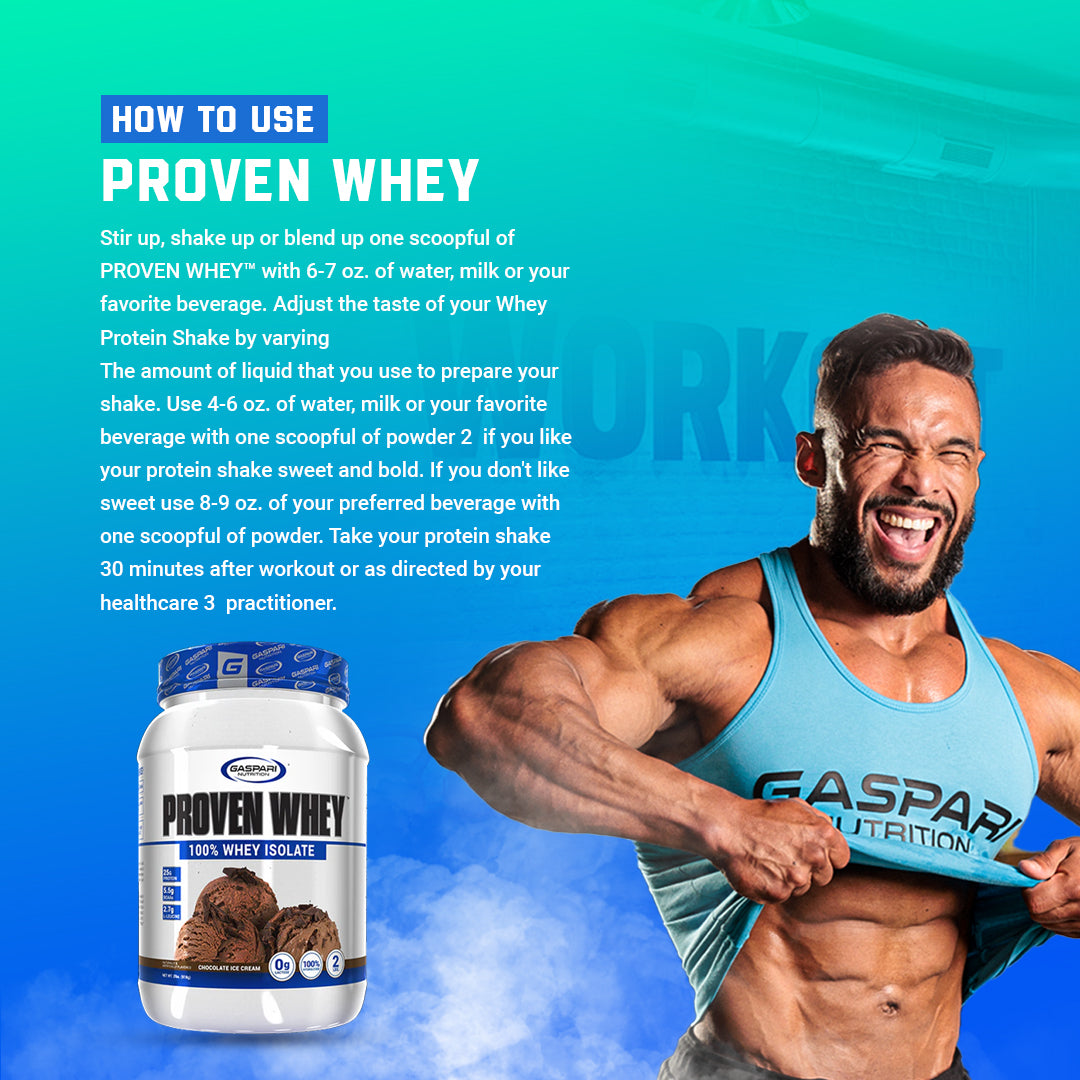

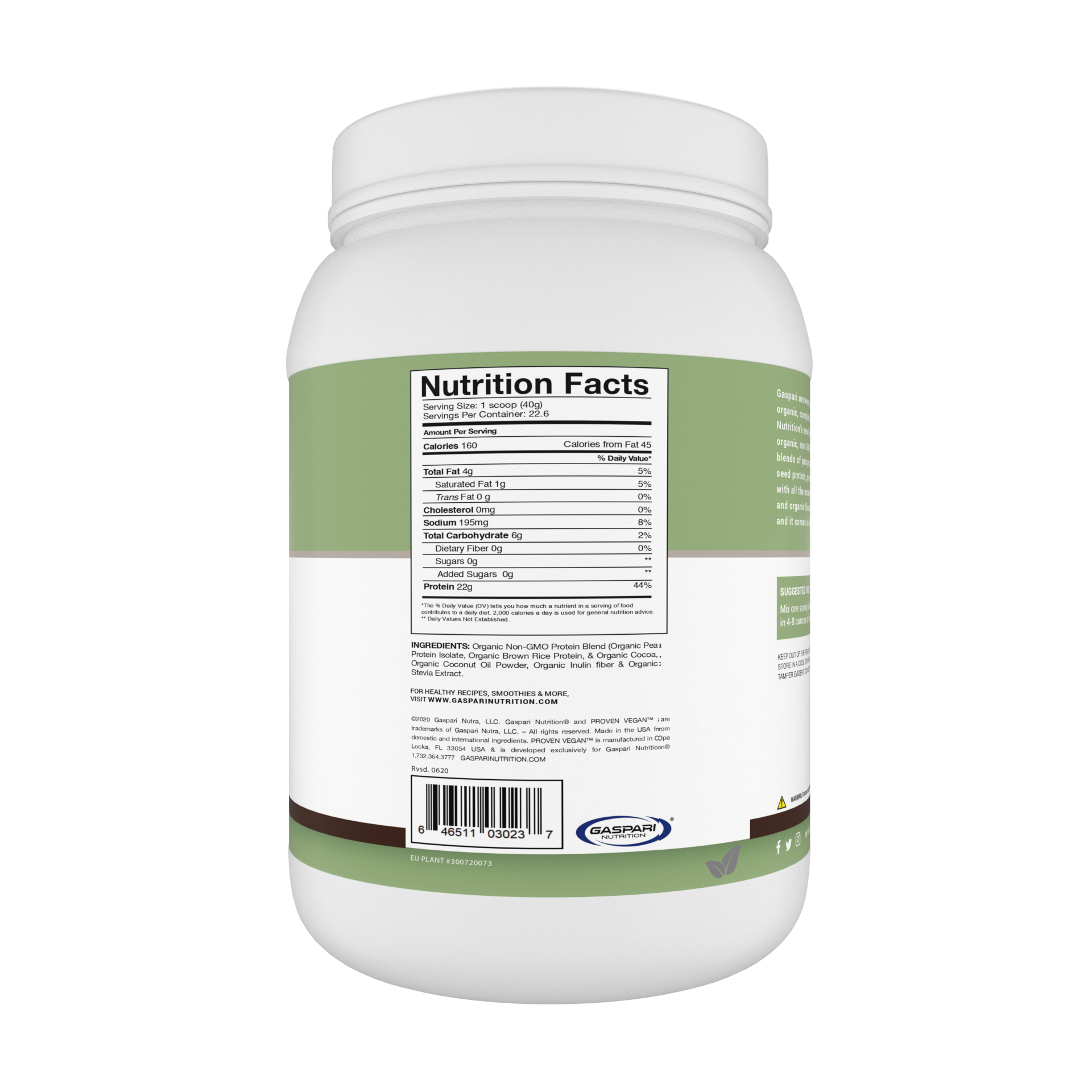

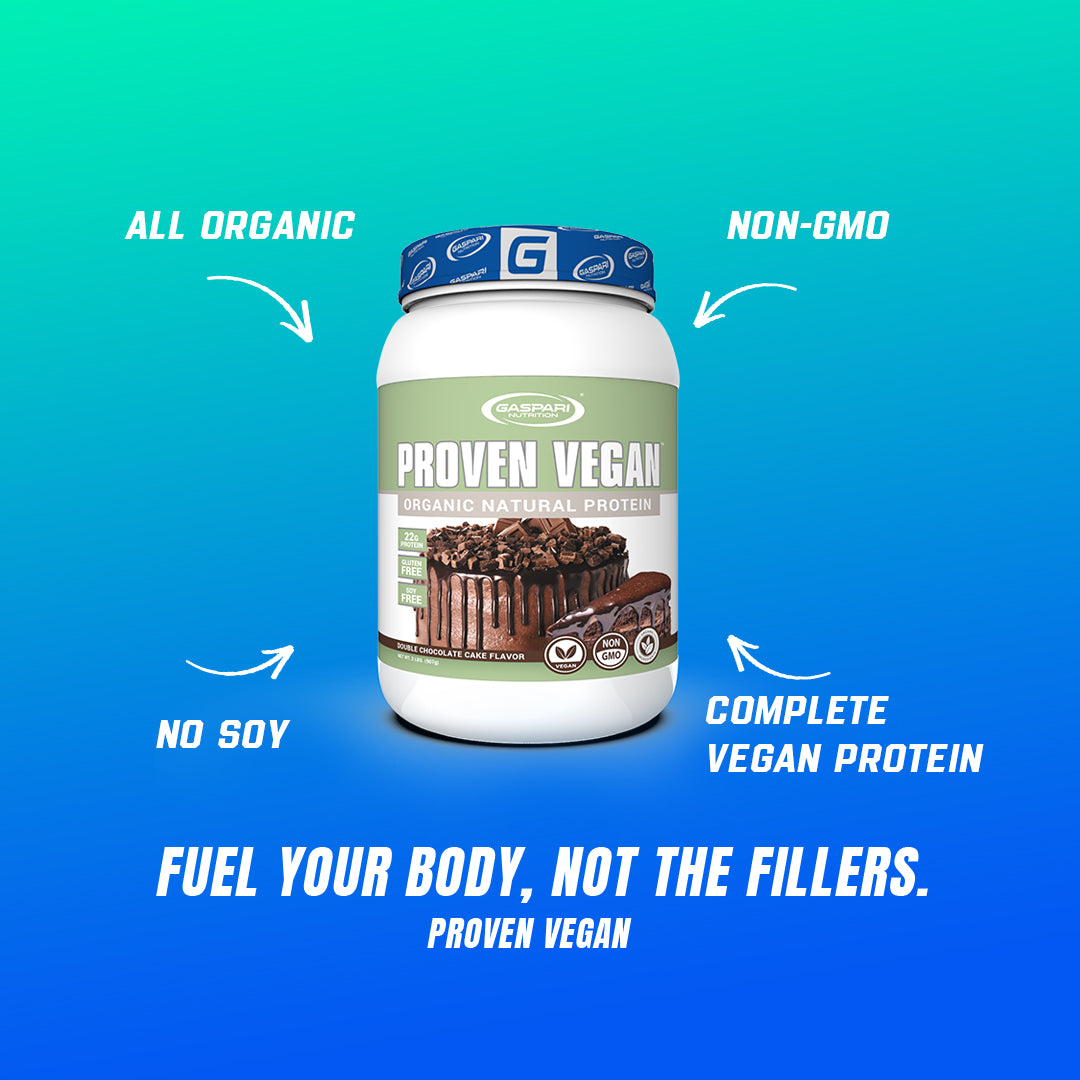
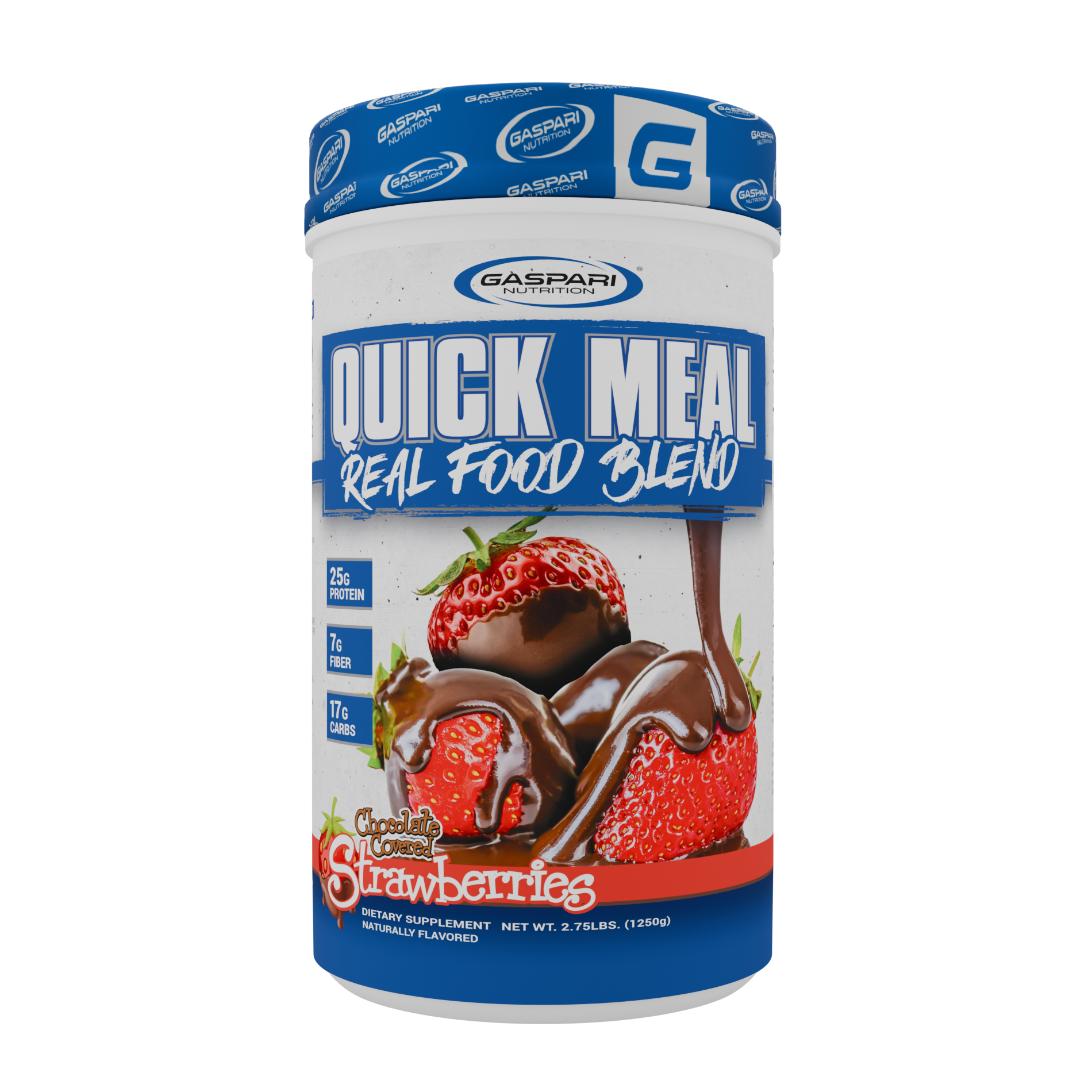


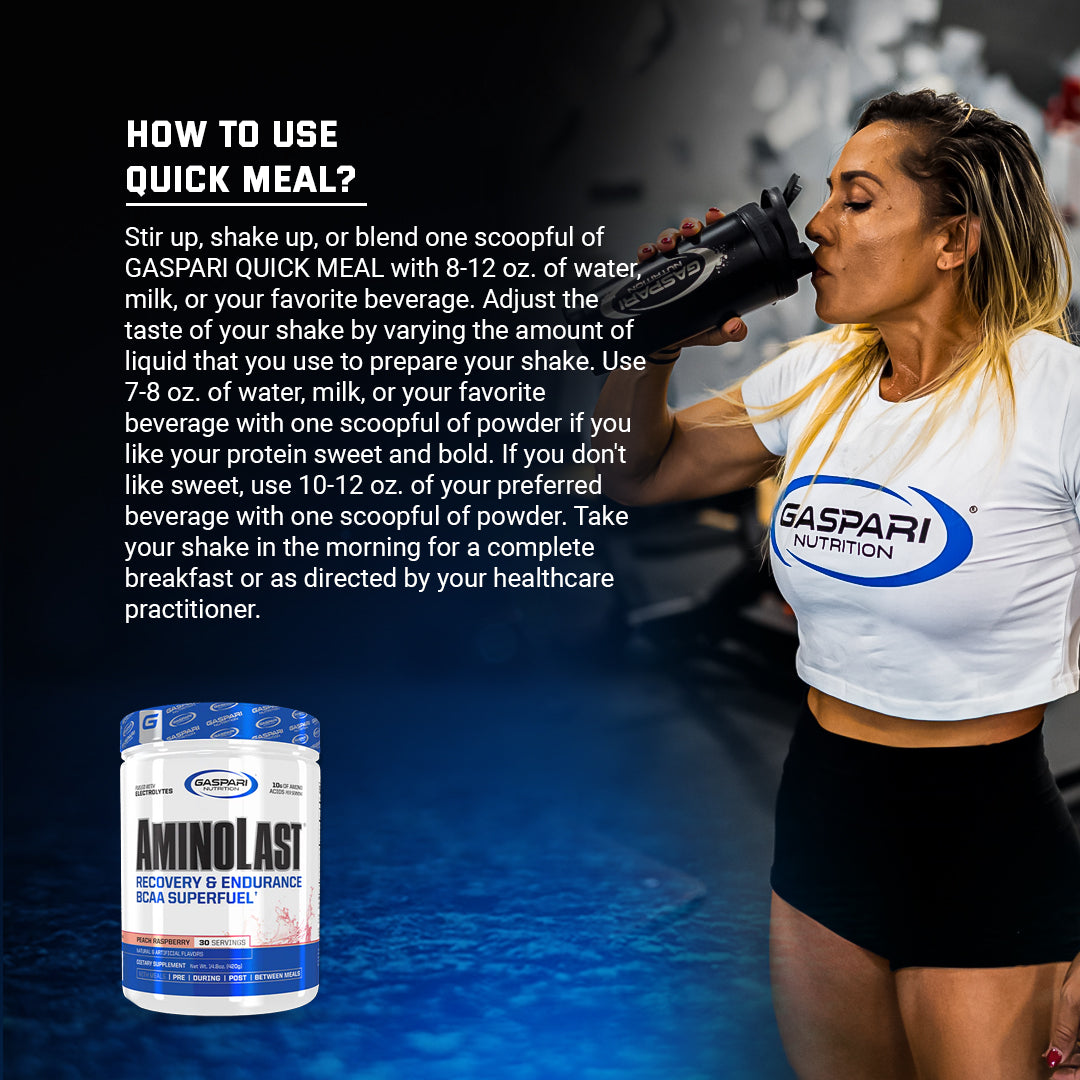
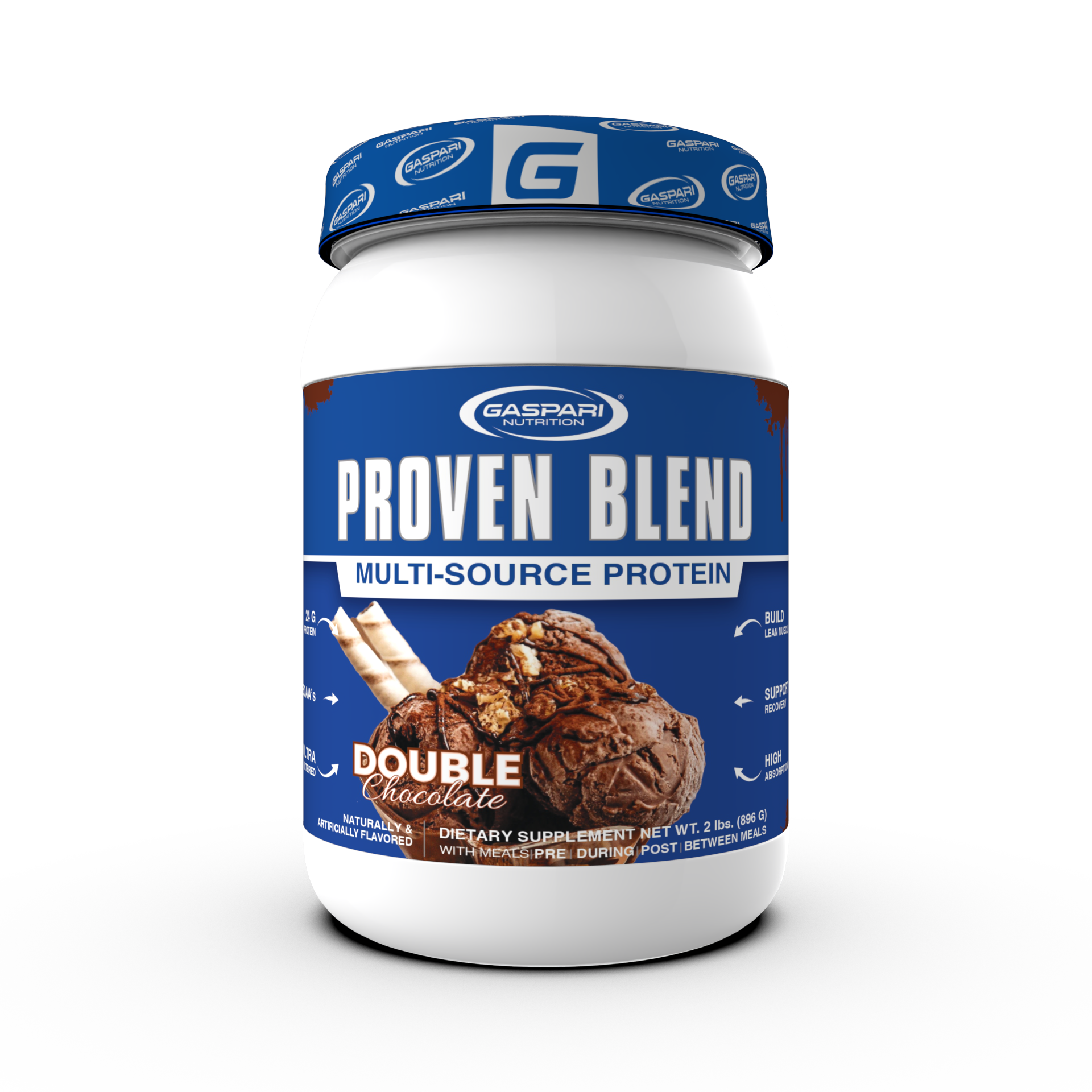
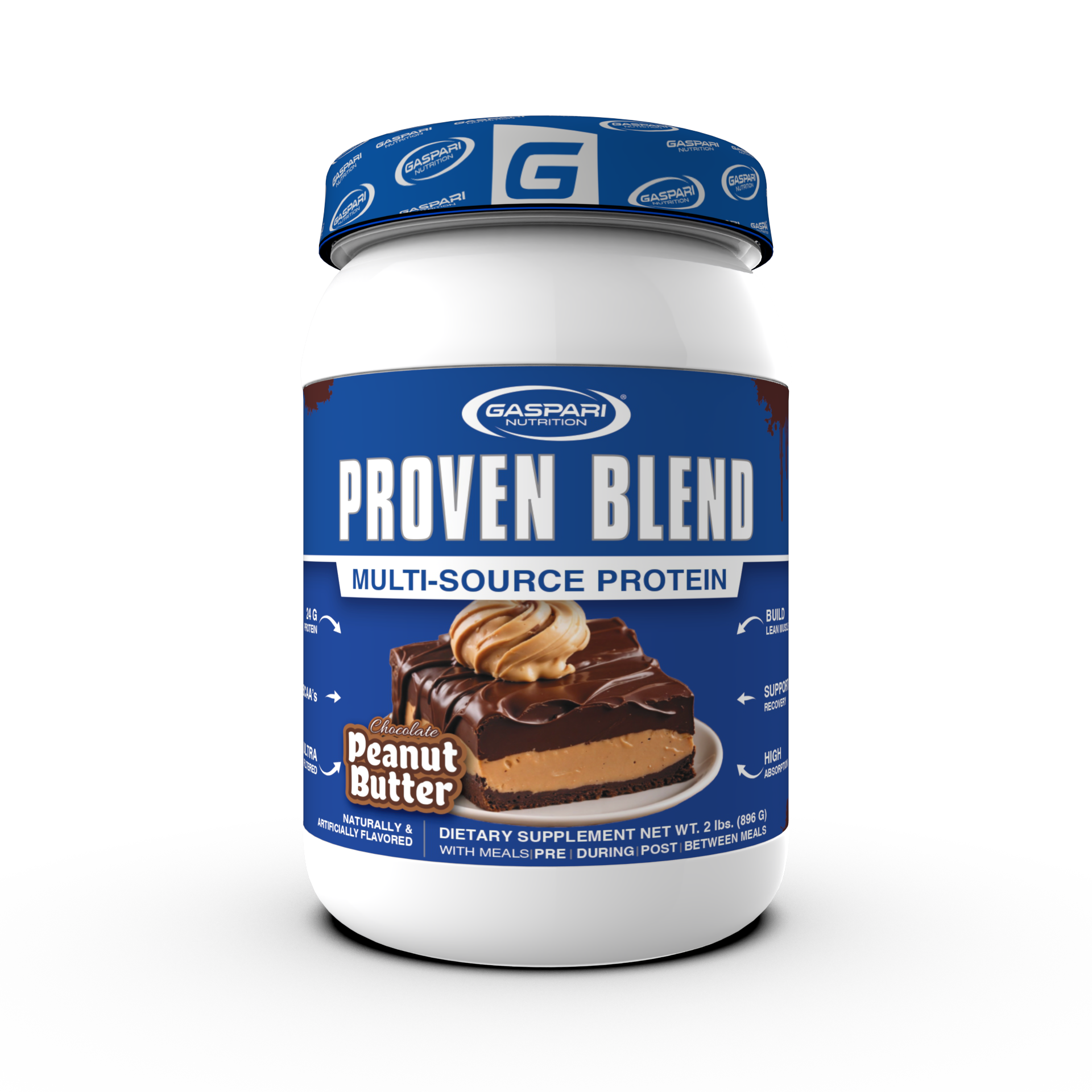


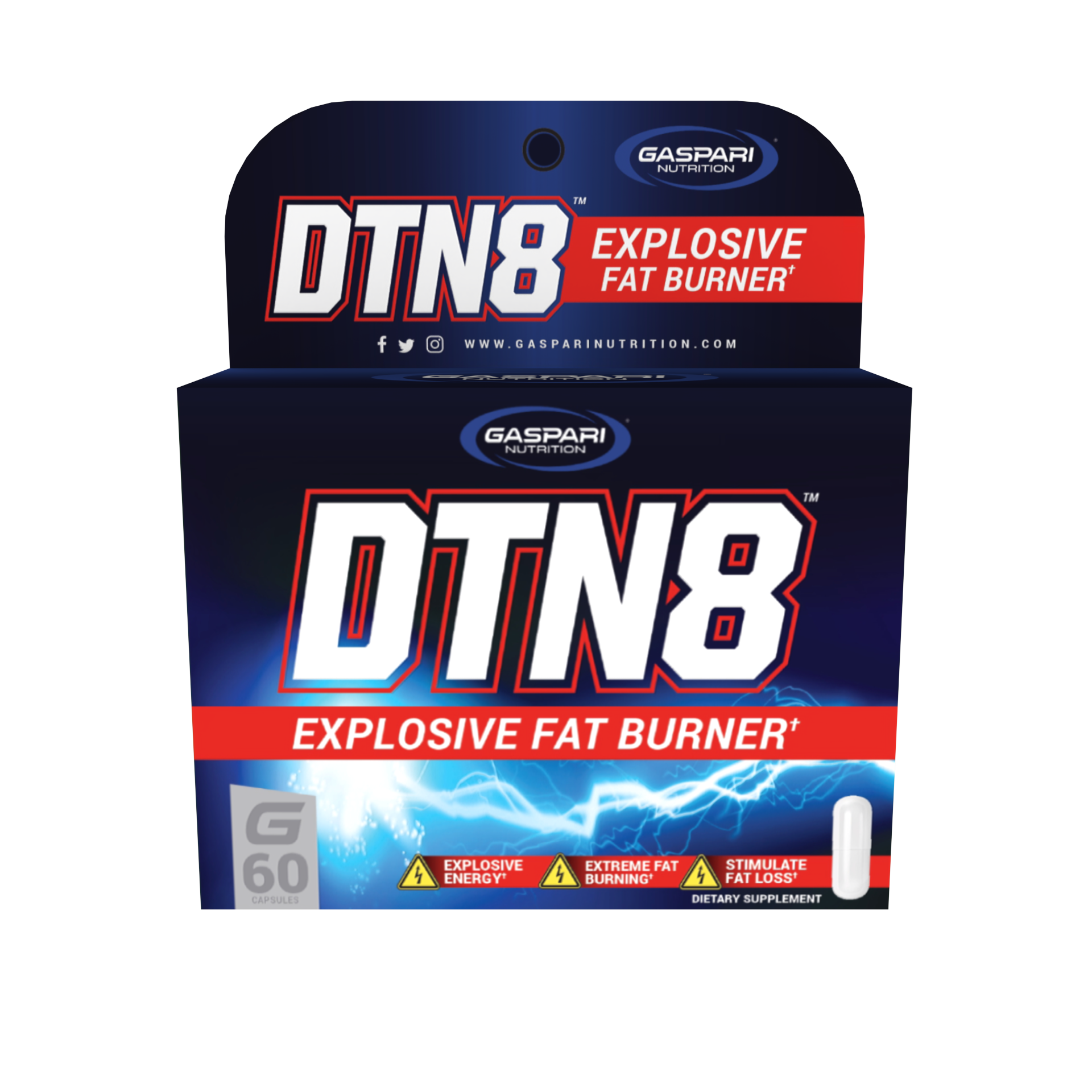



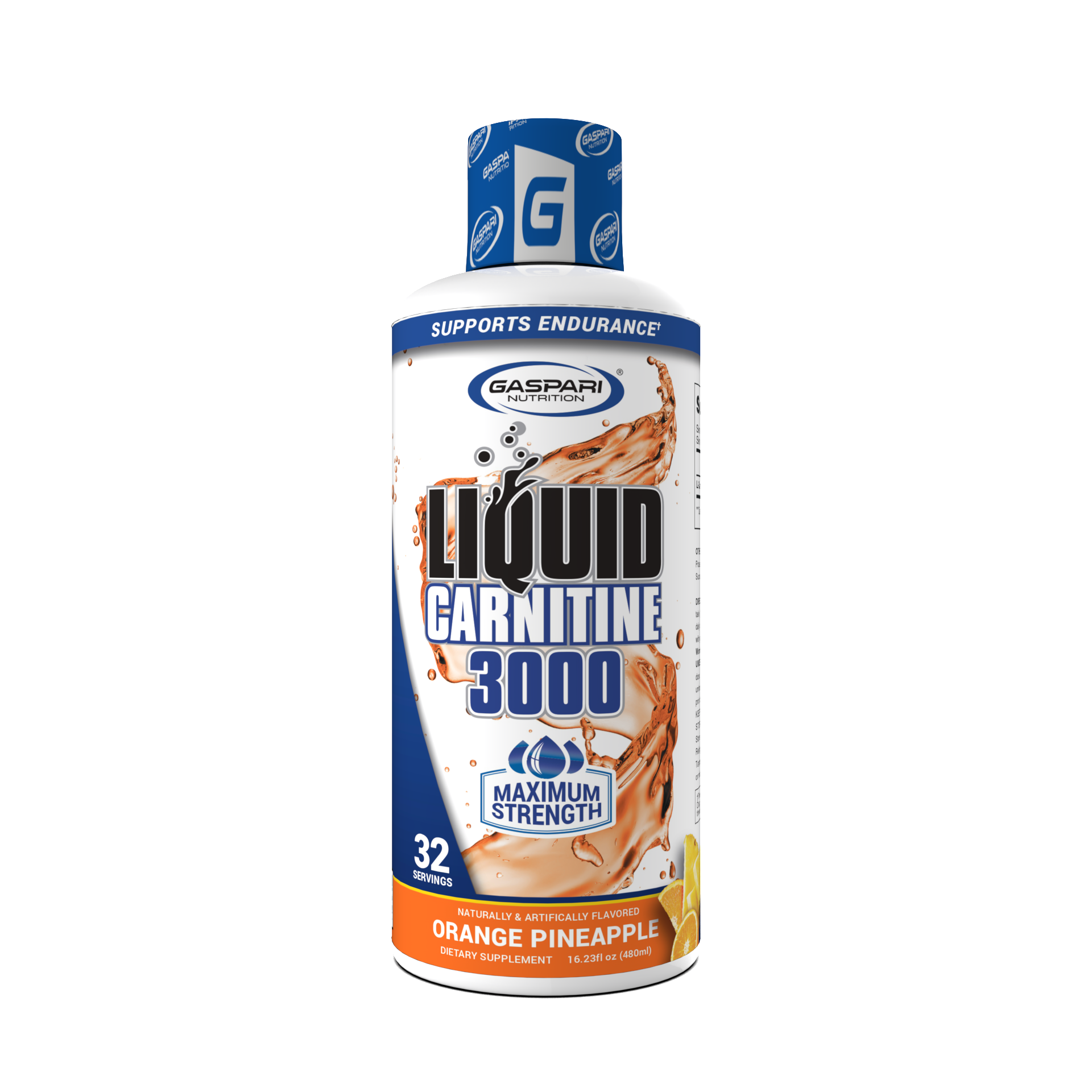


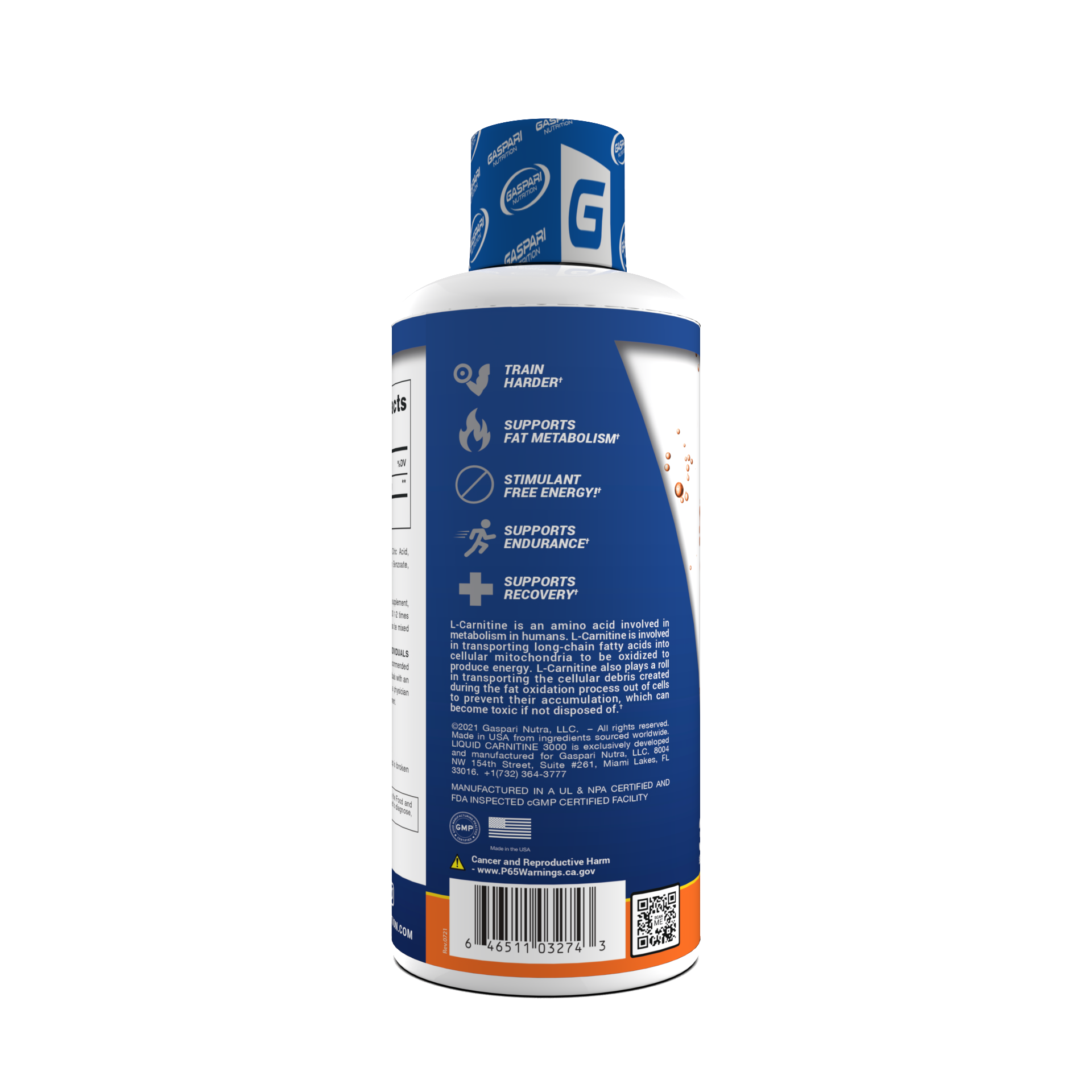

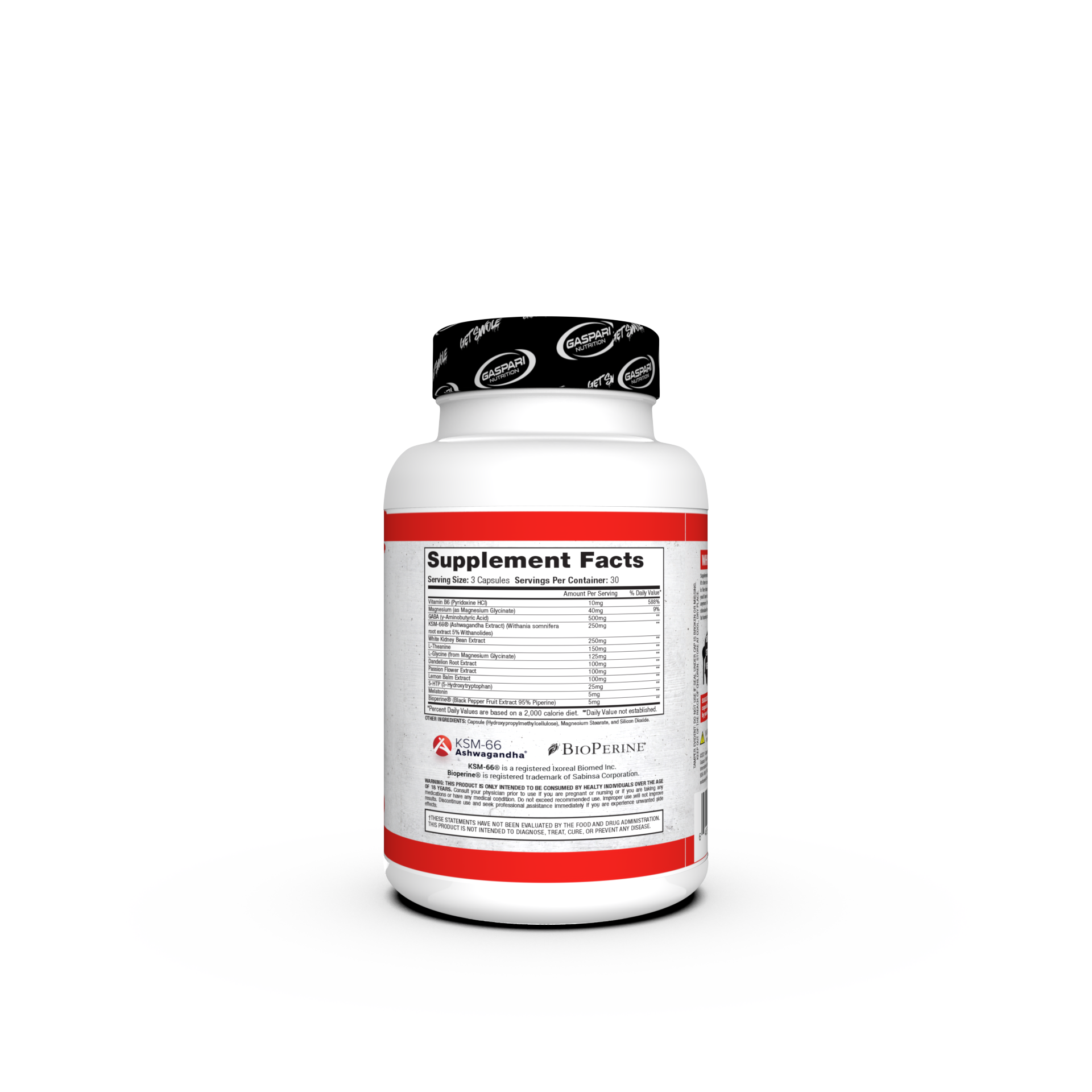
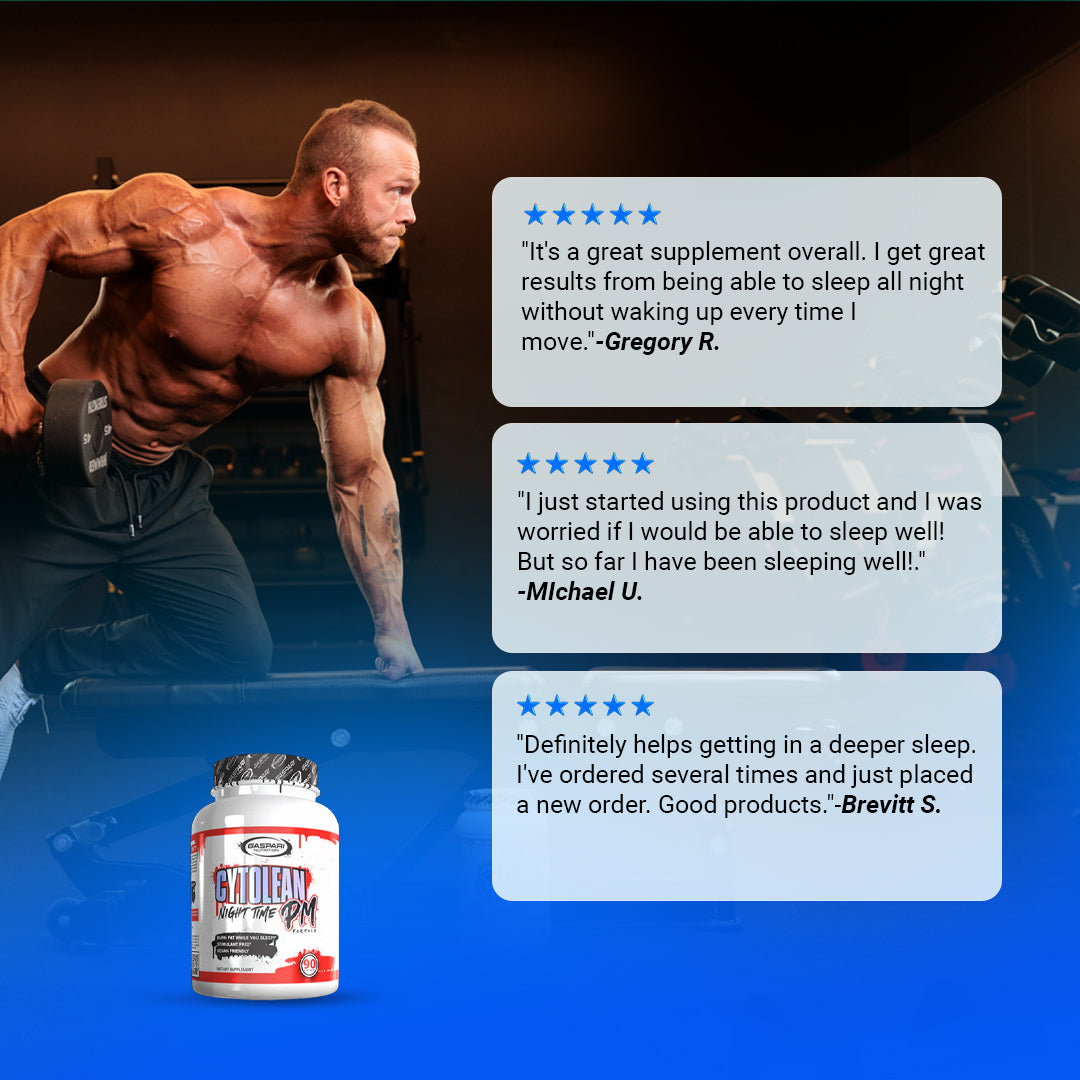

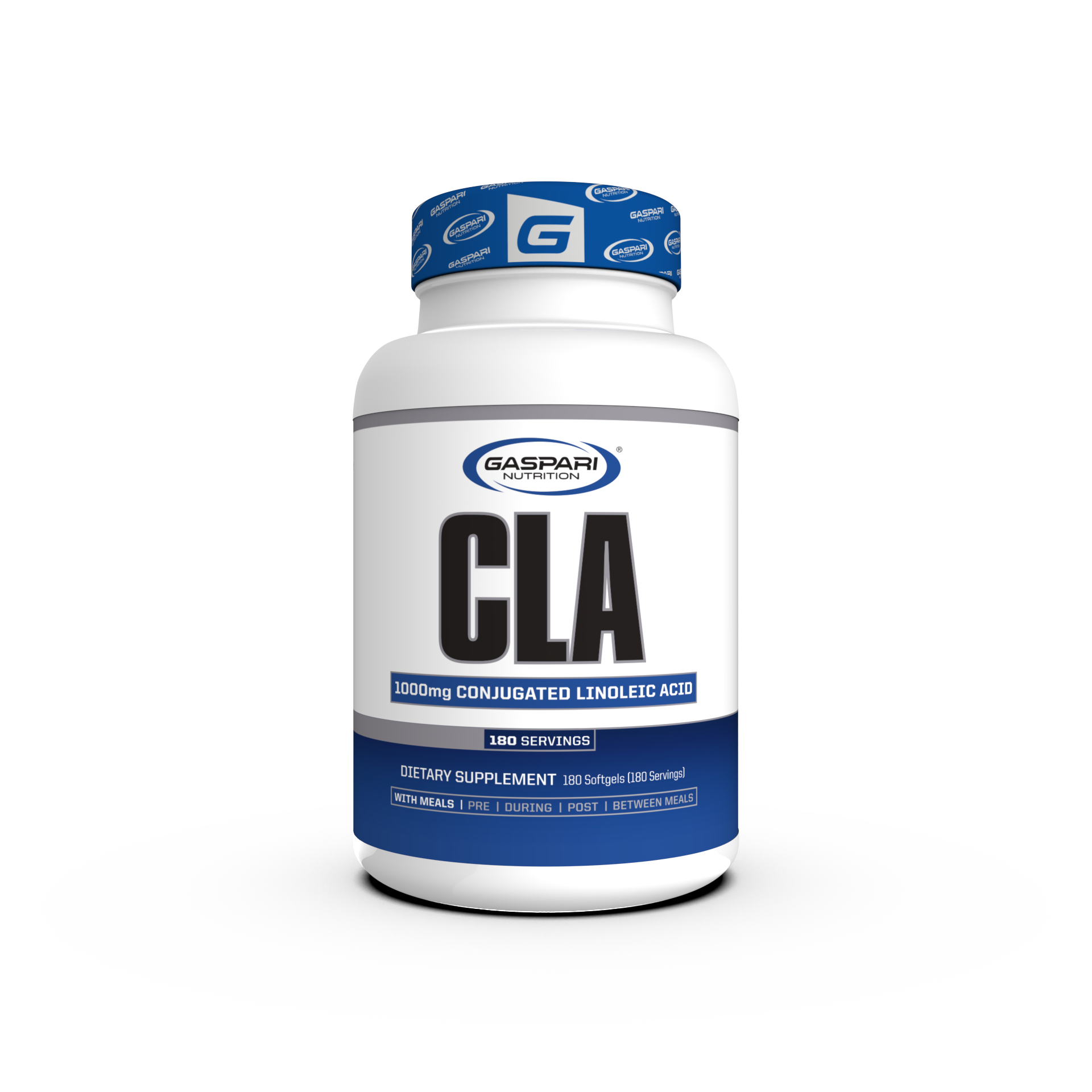

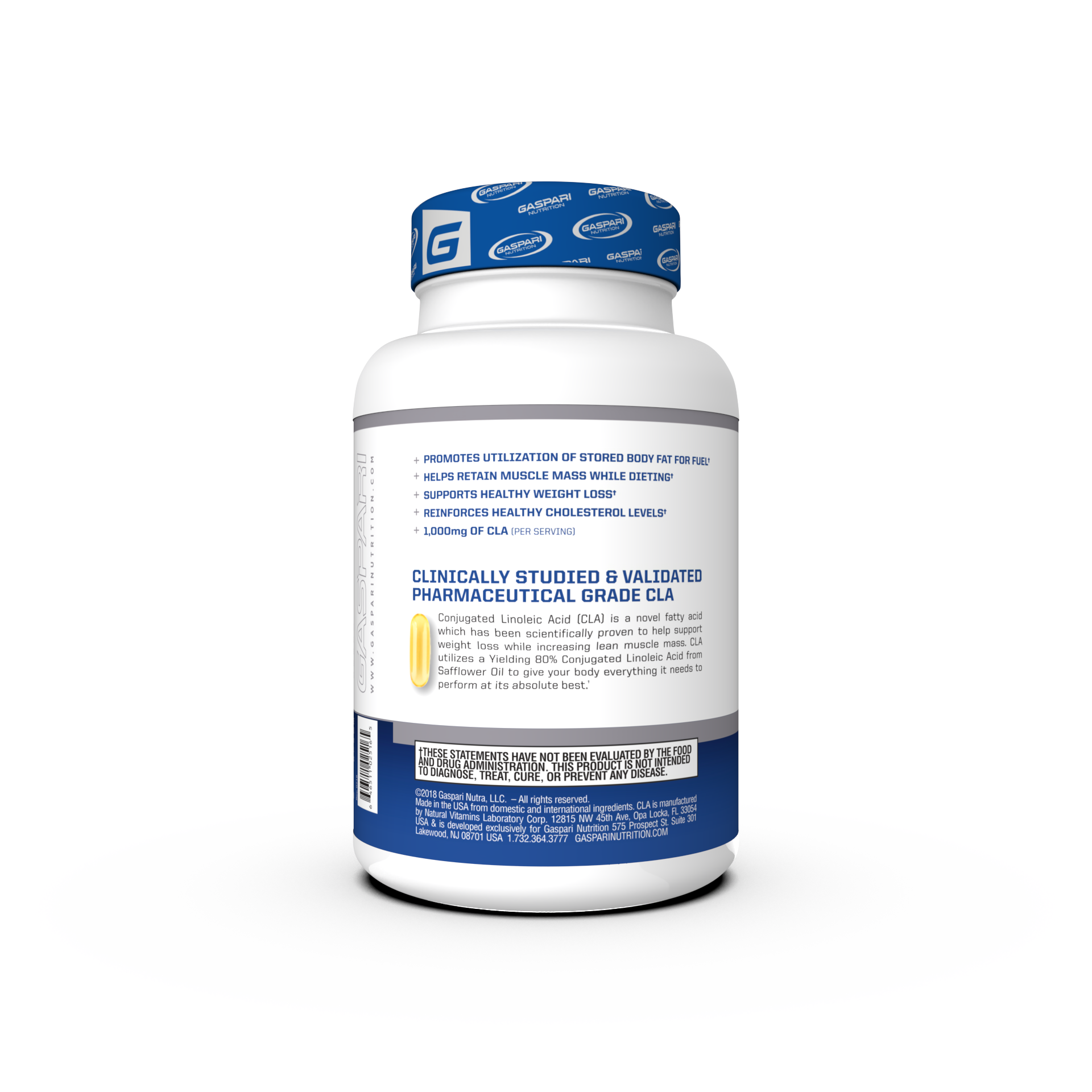



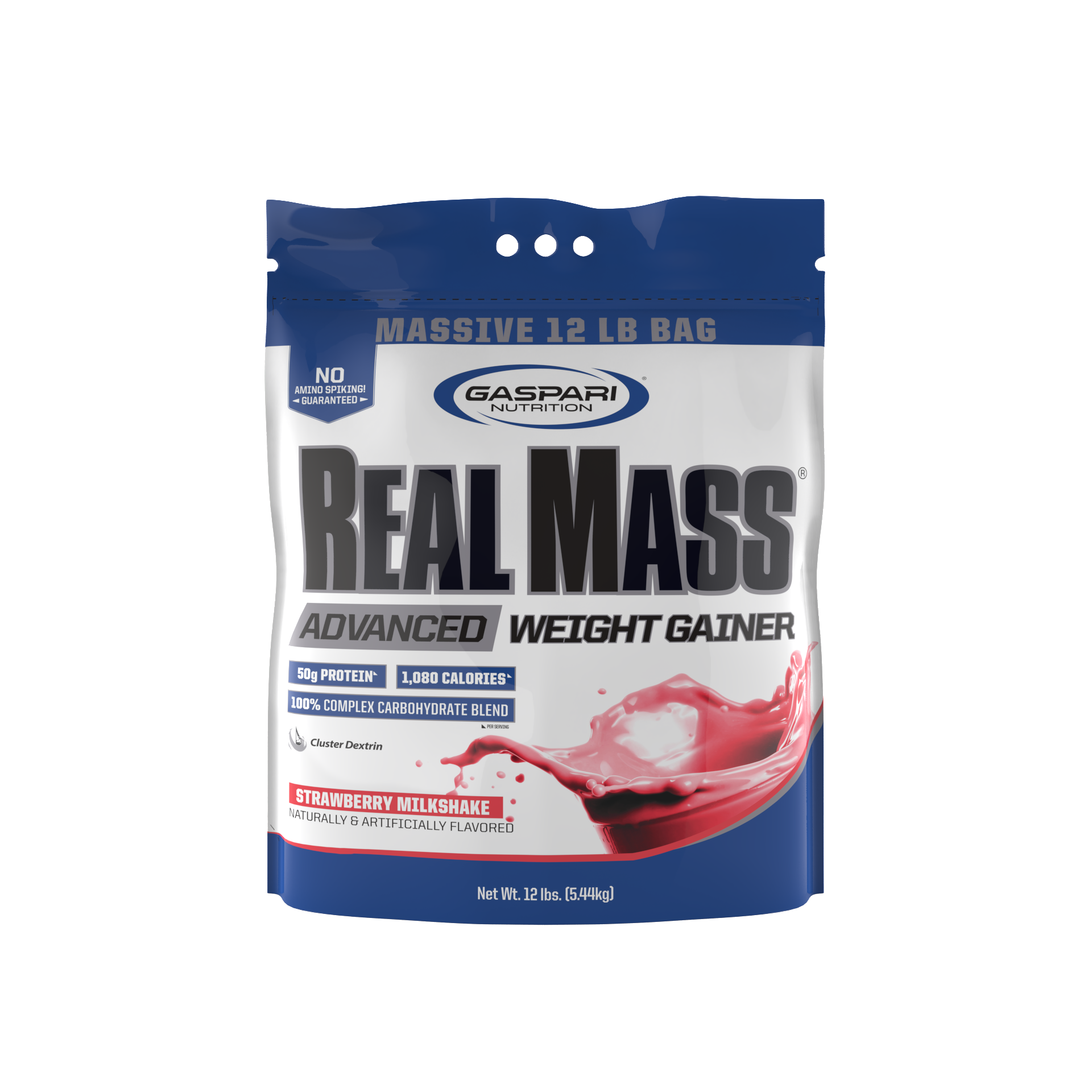

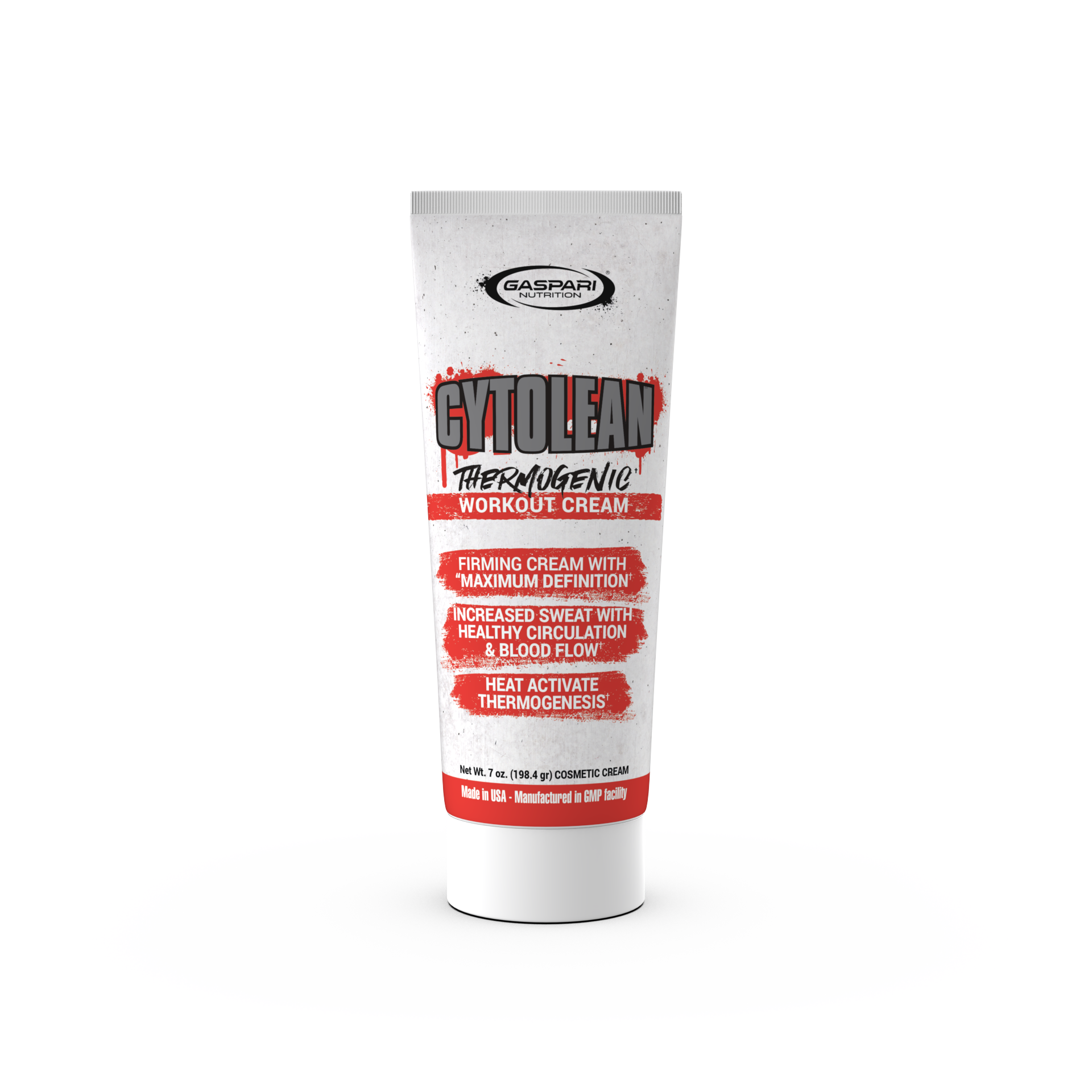

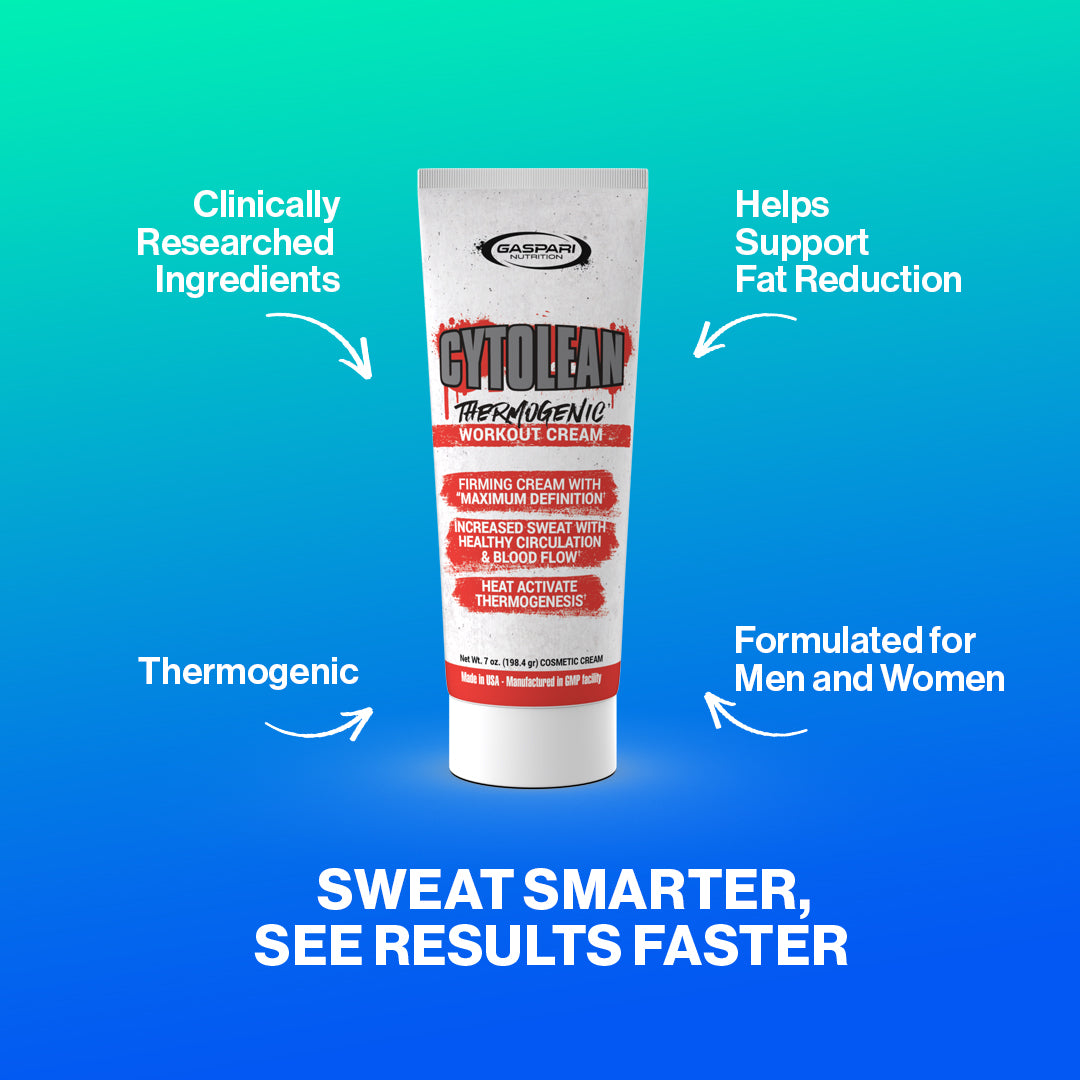
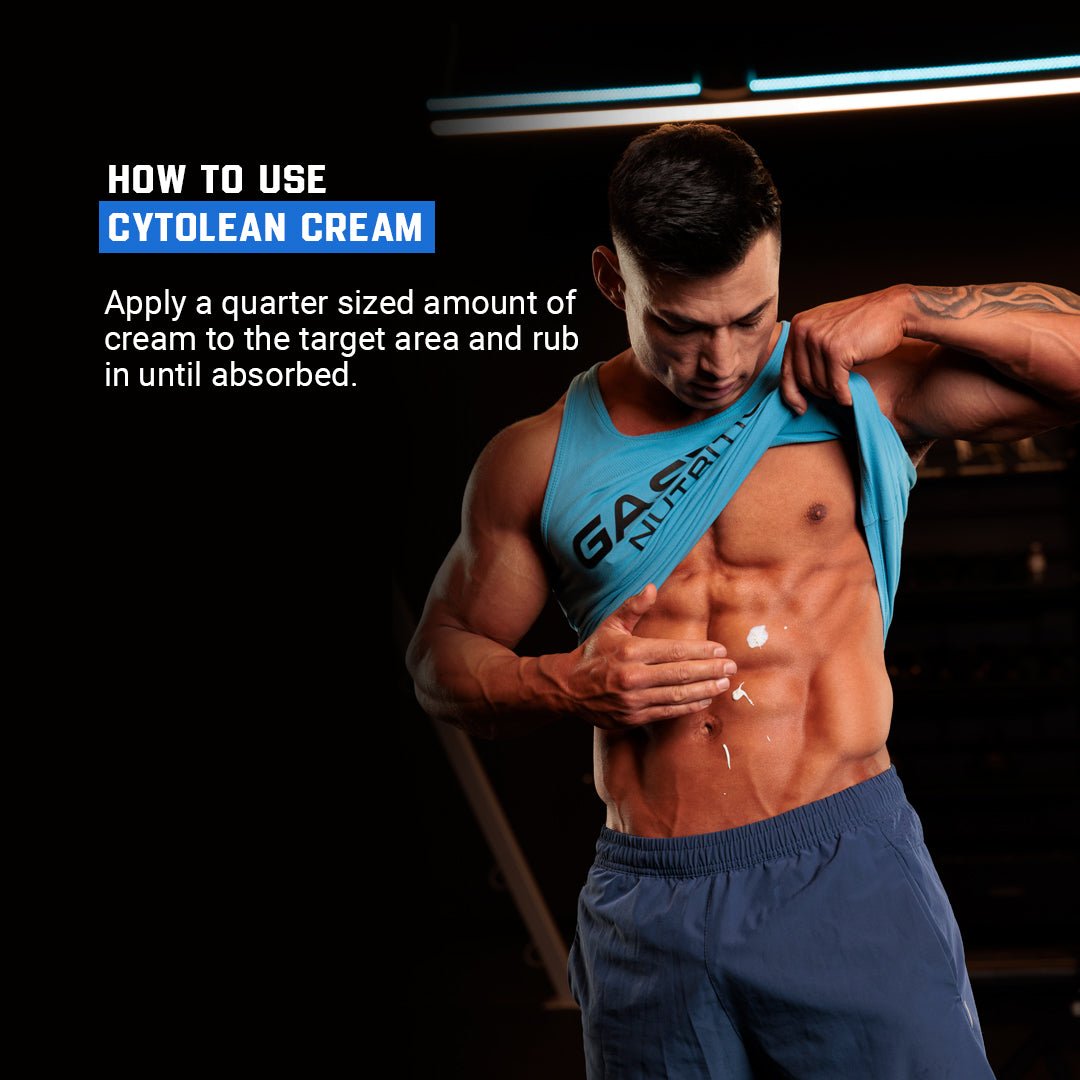
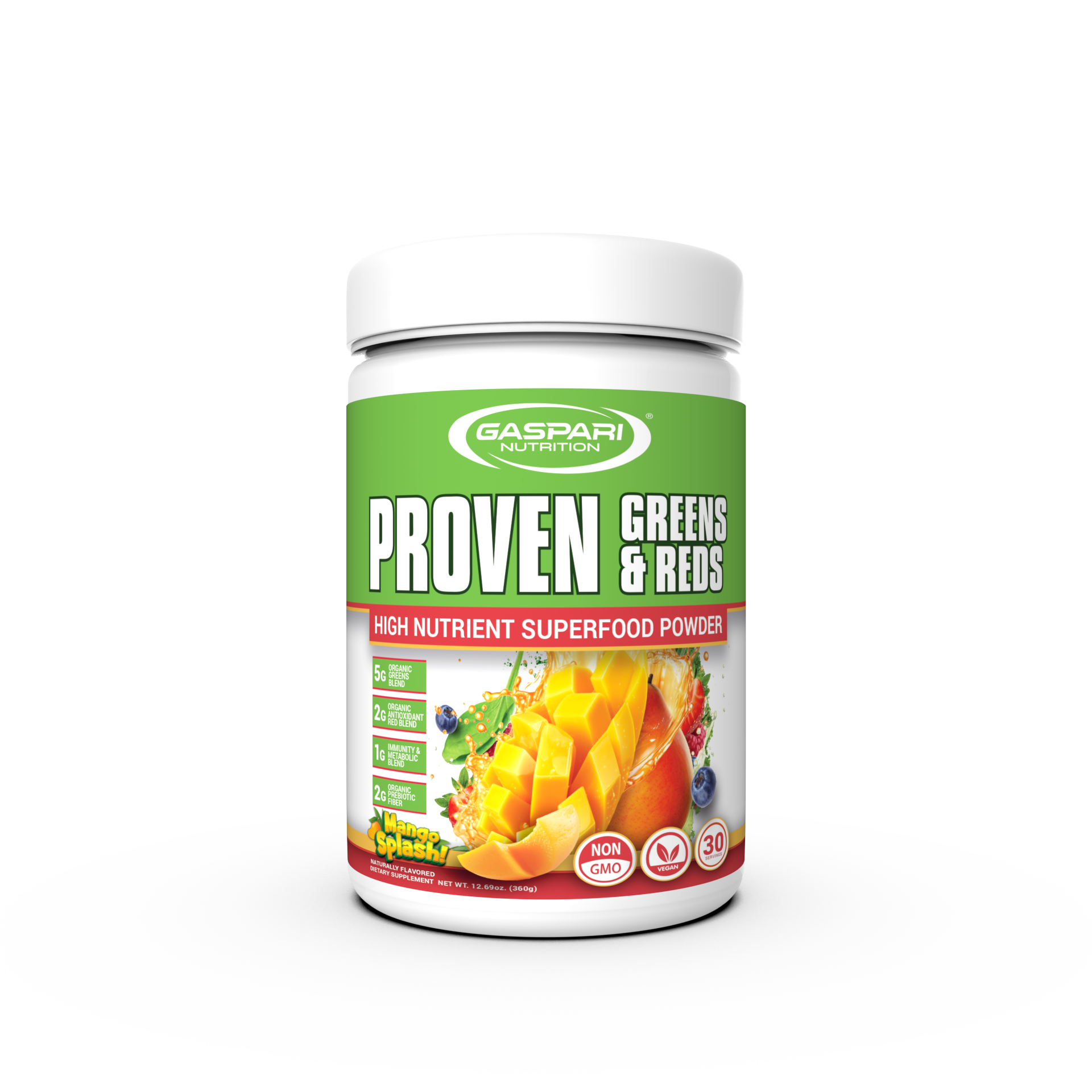
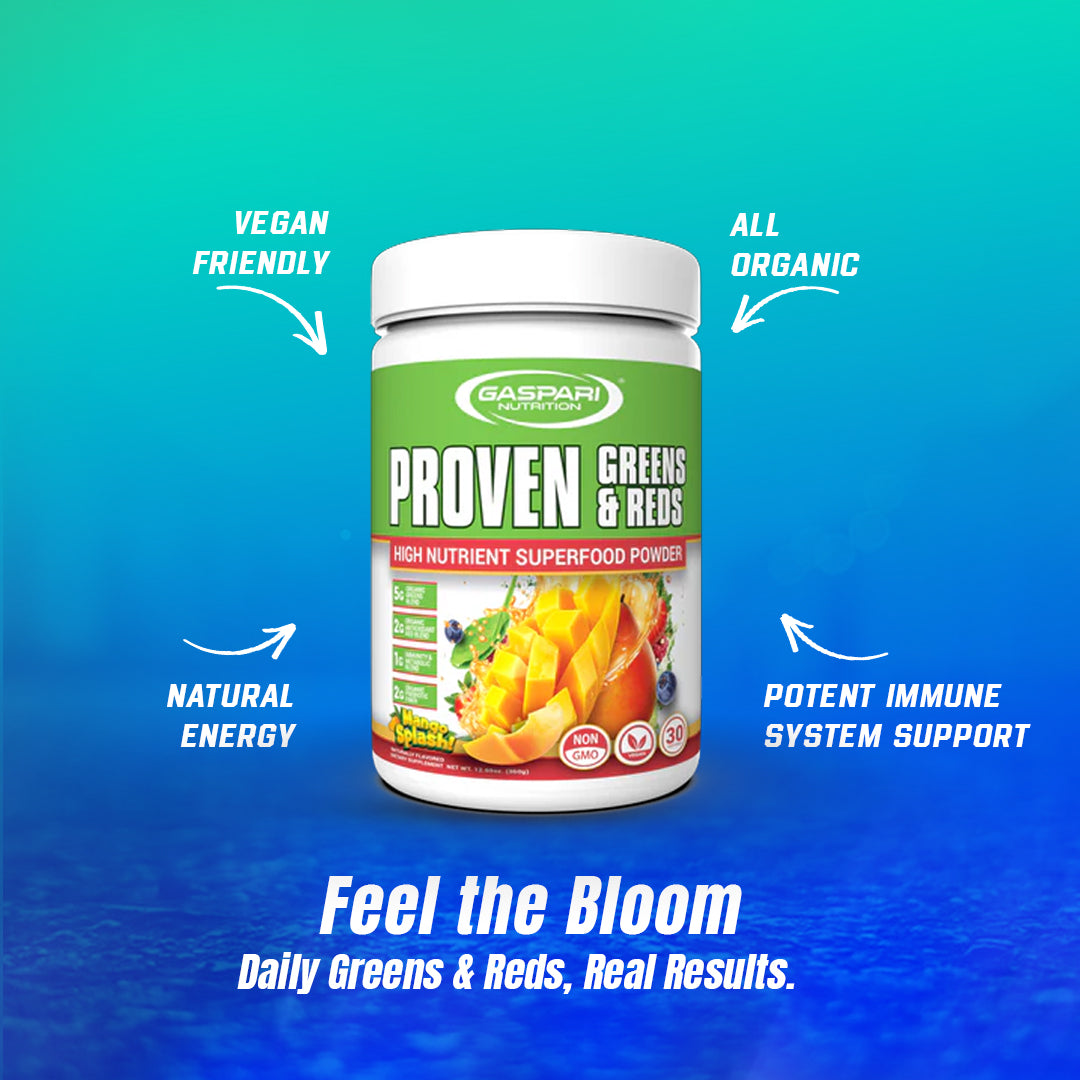

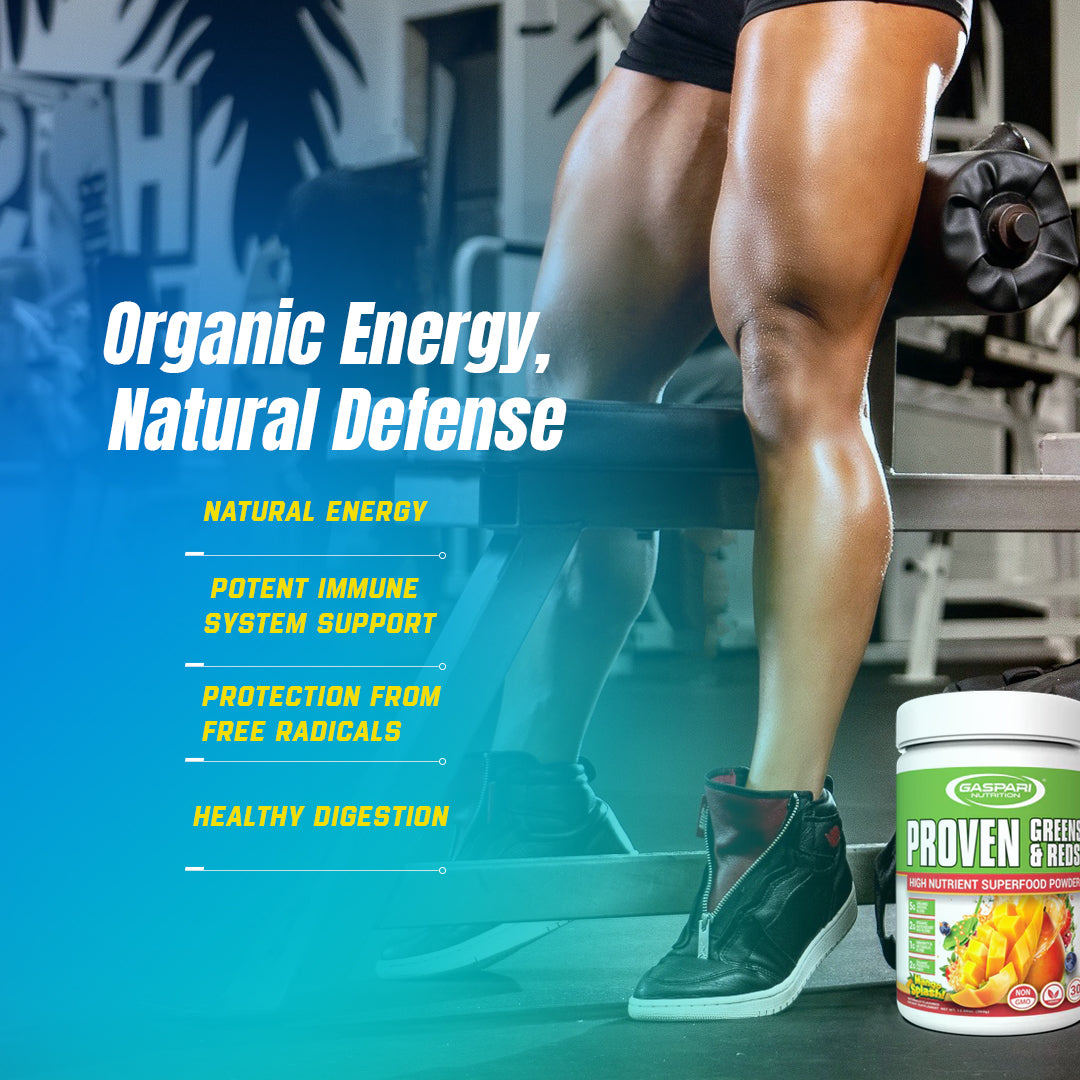

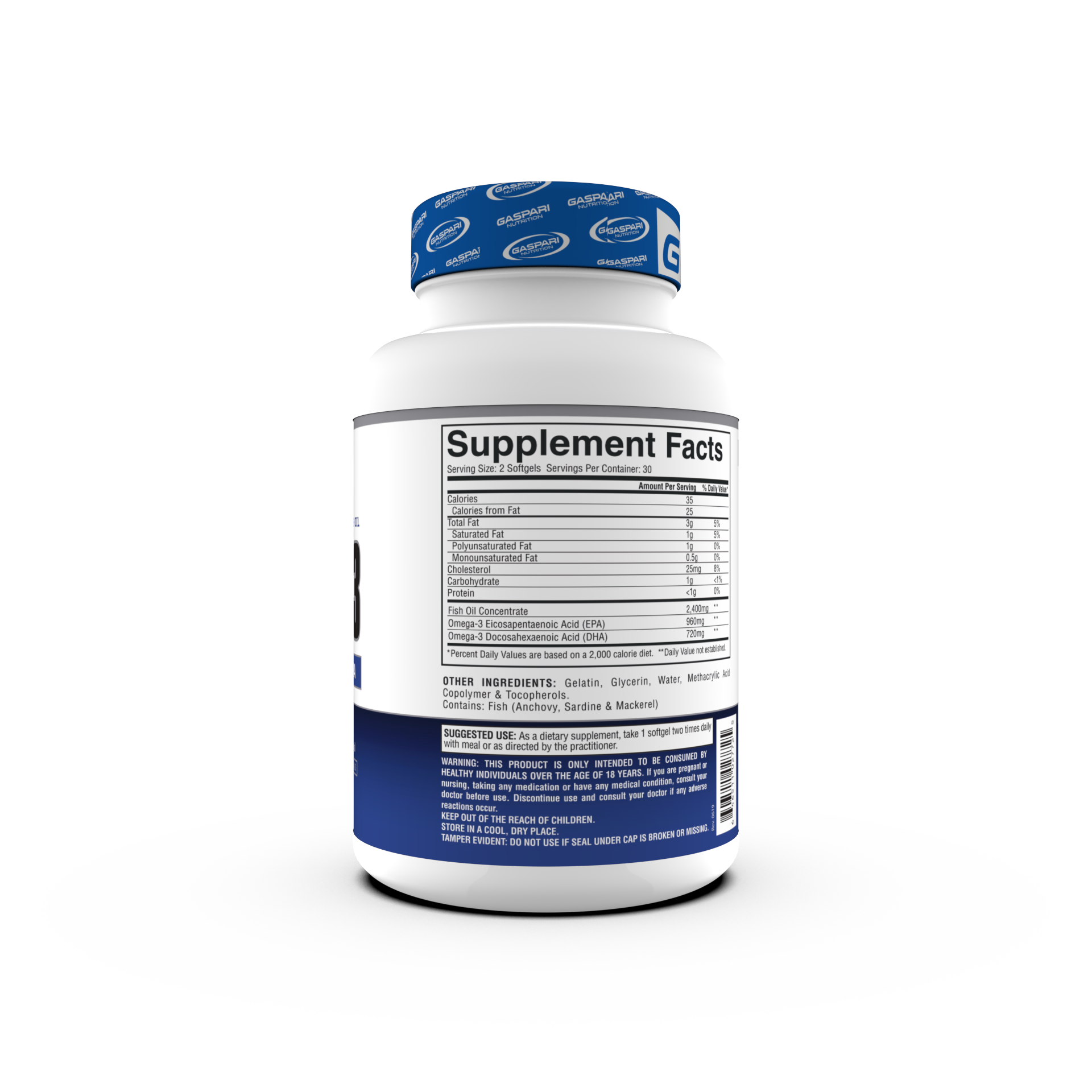
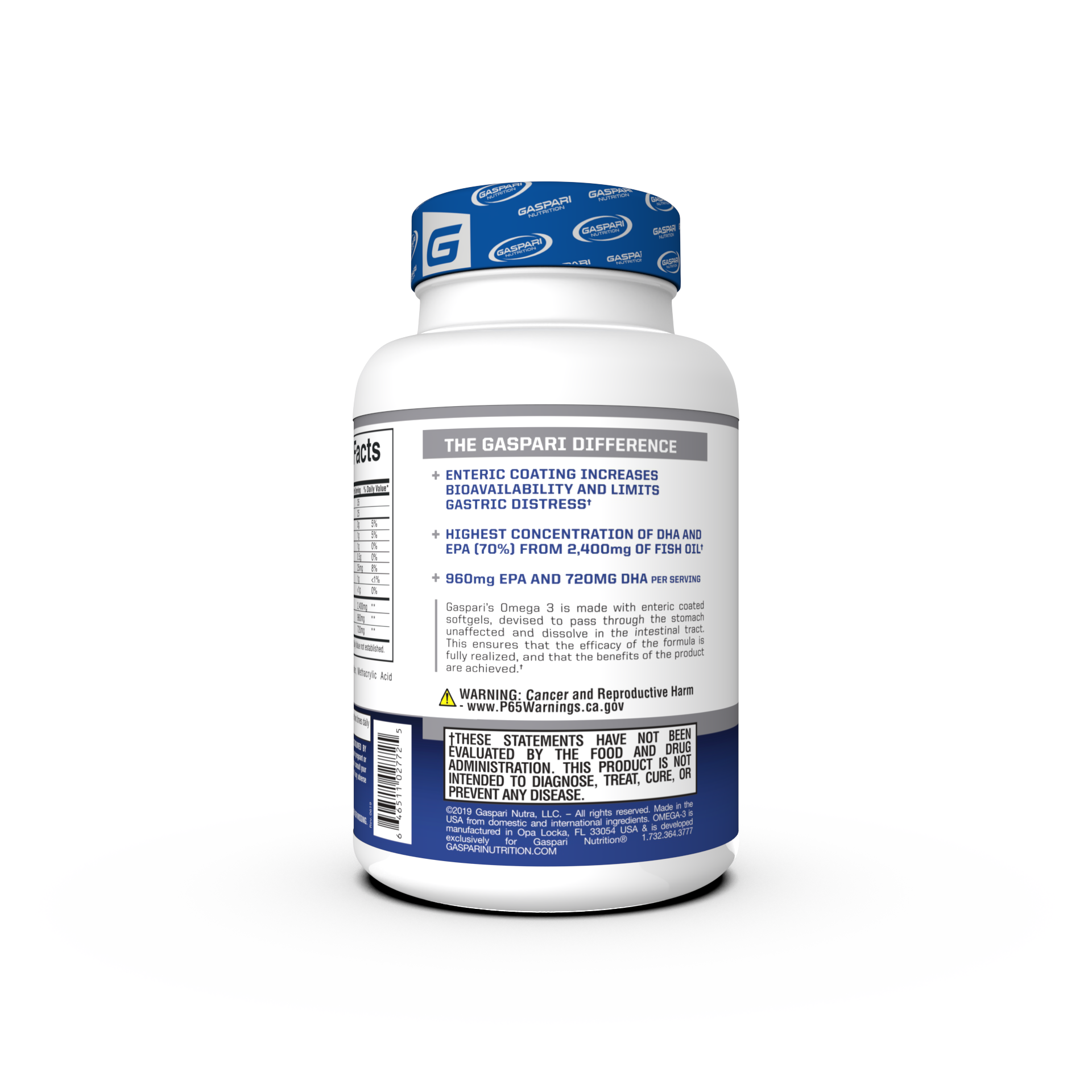

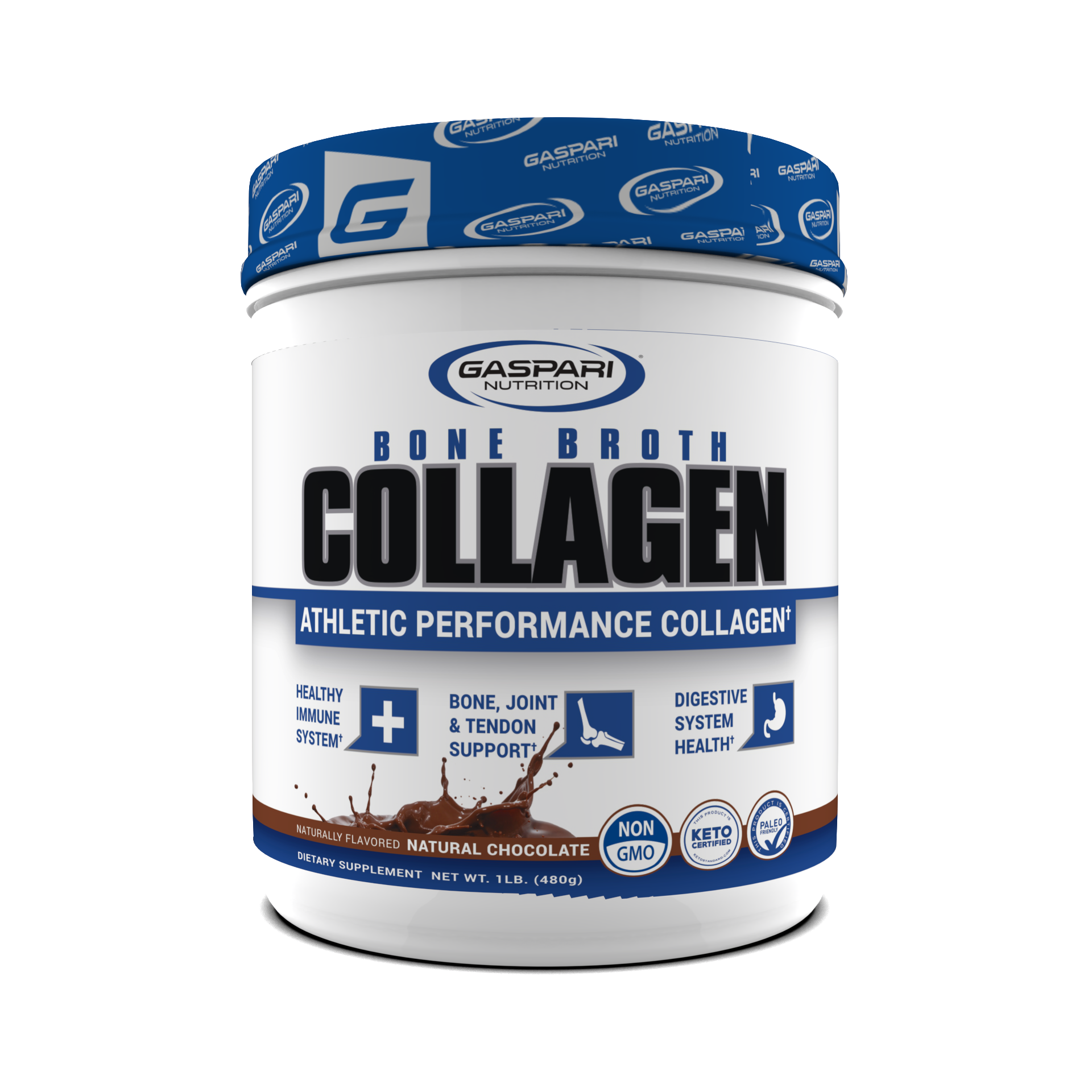







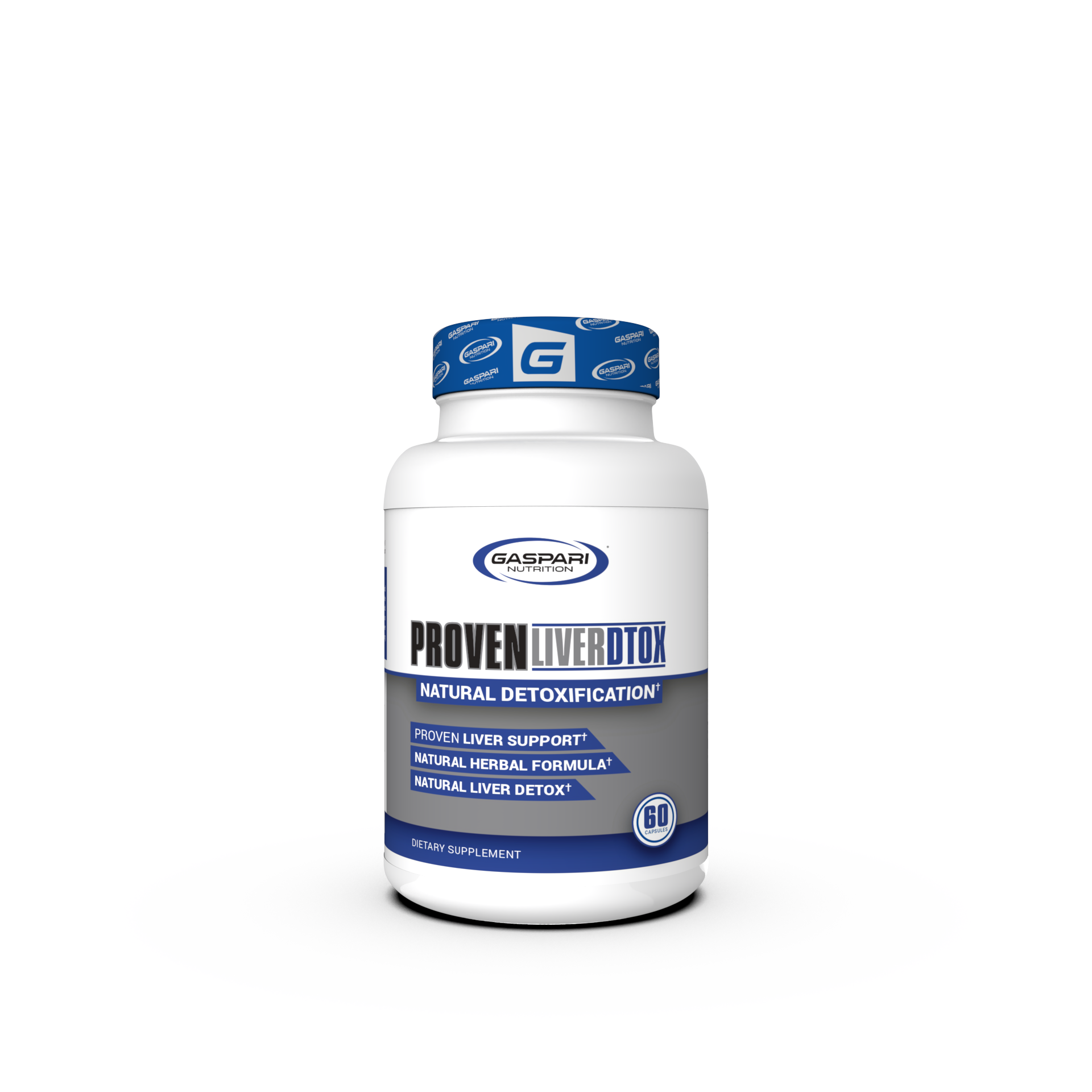

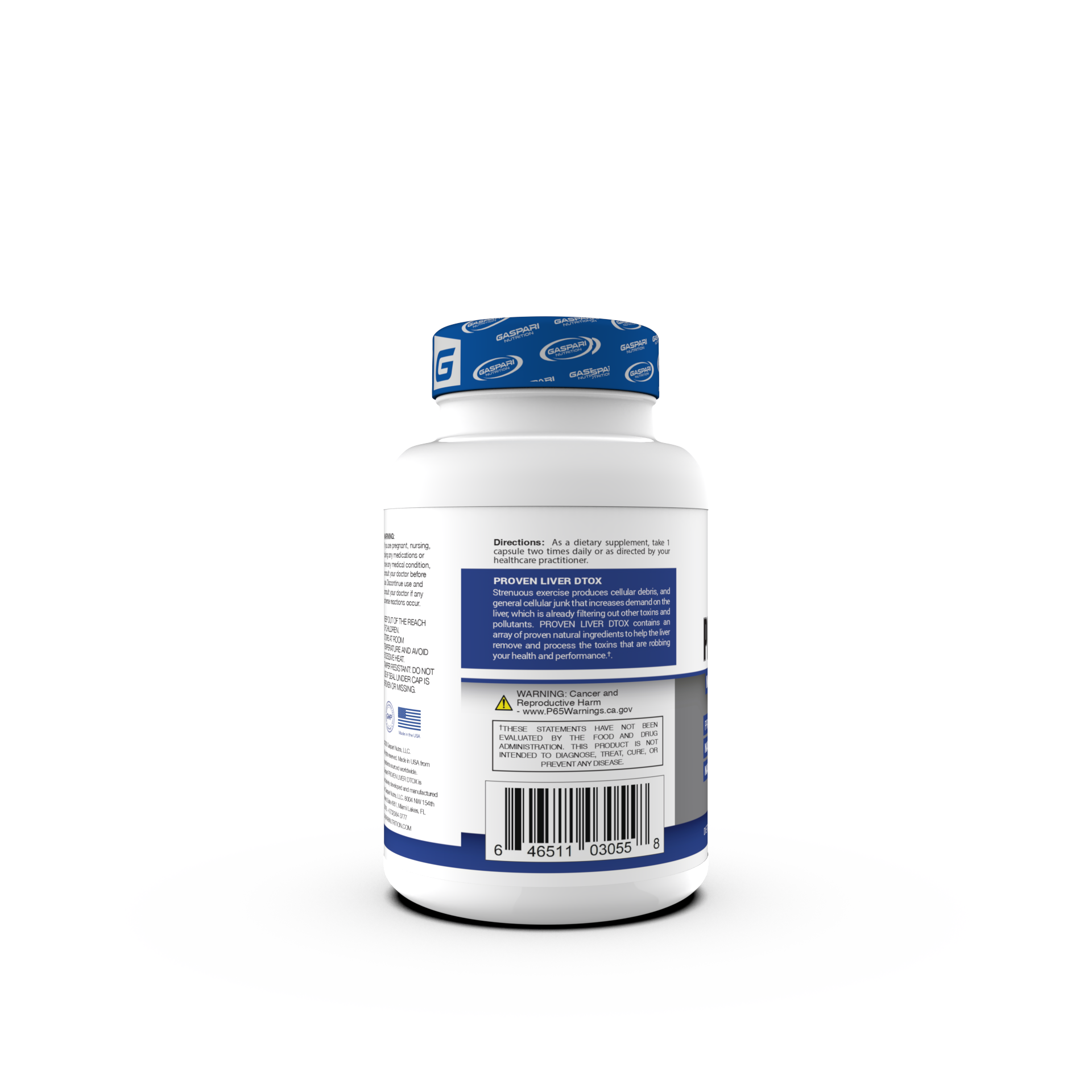

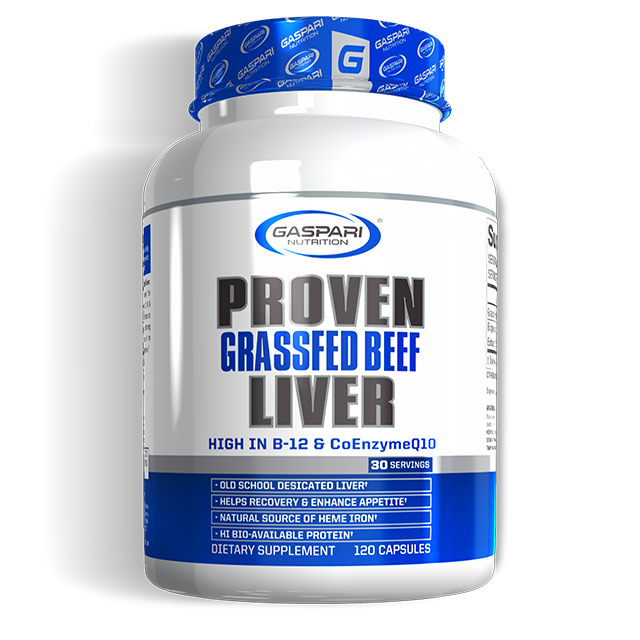





Share:
The Shred: Ripped In Weeks, Not Months
Building Bigger Quads – The 7 Best Quad Exercises To Take Leg Day To The Next Level